The Living School of Art
2016-2021
Five-year life/work collaboration between neighbors in an affordable housing apartment complex
East Portland, OR
www.livingschoolart.info
︎ Click here to download the book (project archive)

An Alternative Art School Co-Created by Neighbors
The Living School of Art (LSA) from 2016 to 2021 was an intergenerational, neighbor-led social practice artwork located within a preexisting 120-unit affordable housing apartment complex in East Portland, OR. The project drew inspiration from the concept of a living school, which was described by author bell hooks as a space for teaching and learning occurring simultaneously at all moments of a community's life together.
Over the course of five years, LSA operated like an artist collective rather than a traditional school, emphasizing collaboration and mutual exchange in self-initiated art projects. Our creative work revolved around the diverse knowledge, talents, identities, and life experiences that each neighbor brought to our community. Neighbors of all ages taught workshops based on their own creative practices and participated in neighbor-led activities such as cooking workshops, garden building and planting, music, art performance, crafts-based practices, and visual artmaking. The project's themes and identity evolved over time based in response to the interests and knowledge held within our community. No LSA event was compulsary. Neighbors opted in to whichever activities resonated with their artistic interests.
LSA included rotating exhibitions in the complex’s 8 laundry rooms, a visiting artist residency program (artists were chosen by apartment youth), a community garden built by neighbors, a medicinal herb garden planted by neighbors, group-directed weekly programming for youth and mothers, a shared art studio space, and dozens of field trips, off-site exhibitions, and community meals.
The project was founded and facilitated by artist and neighbor Amanda Leigh Evans, who lived and worked in the apartment complex for five years. This residency was organized and funded by Community Engagement’s Creative-in-Residence program from 2016-21.
To read about this project, visit LSA’s website or Instagram page.
Over the course of five years, LSA operated like an artist collective rather than a traditional school, emphasizing collaboration and mutual exchange in self-initiated art projects. Our creative work revolved around the diverse knowledge, talents, identities, and life experiences that each neighbor brought to our community. Neighbors of all ages taught workshops based on their own creative practices and participated in neighbor-led activities such as cooking workshops, garden building and planting, music, art performance, crafts-based practices, and visual artmaking. The project's themes and identity evolved over time based in response to the interests and knowledge held within our community. No LSA event was compulsary. Neighbors opted in to whichever activities resonated with their artistic interests.
LSA included rotating exhibitions in the complex’s 8 laundry rooms, a visiting artist residency program (artists were chosen by apartment youth), a community garden built by neighbors, a medicinal herb garden planted by neighbors, group-directed weekly programming for youth and mothers, a shared art studio space, and dozens of field trips, off-site exhibitions, and community meals.
The project was founded and facilitated by artist and neighbor Amanda Leigh Evans, who lived and worked in the apartment complex for five years. This residency was organized and funded by Community Engagement’s Creative-in-Residence program from 2016-21.
To read about this project, visit LSA’s website or Instagram page.
Funding
Over the years, LSA was funded by:
— Community Engagement Org.
— Metro’s Community Placemaking Grant (2019-2021)
— PICA’s Precipice Fund (2018-2019)
— Community Engagement Org.
— Metro’s Community Placemaking Grant (2019-2021)
— PICA’s Precipice Fund (2018-2019)
Press
"This East Portland Apartment Complex Is One Large, Ongoing Art Project", 2021, Suzette Smith, Willamette Week
"A multicultural apartment community in East Portland grows roots through art", 2021, Metro News
"Colorful banners with hopeful messages for anxious time", 2020, Lindsay Costello, Oregon ArtsWatch
"A multicultural apartment community in East Portland grows roots through art", 2021, Metro News
"Colorful banners with hopeful messages for anxious time", 2020, Lindsay Costello, Oregon ArtsWatch
︎︎︎︎︎Scroll down to take a virtual tour of The Living School of Art︎︎︎︎︎

LSA was 5-year life/art project built by a multigenerational, multilingual community of neighbors in a large affordable housing apartment complex. The photos below represent some highlights from our five years together.
To view the full project archive, download the book.
To view the full project archive, download the book.

Our logo was co-designed with apartment youth in languages they spoke at home. Some translation errors are to be expected.
Hand-drawn fliers advertised LSA’s events from 2016-2021. These fliers were posted on every door of the apartment complex, inviting neighbors to join. Neighbors led, coauthored, and participated in workshops centering the creative practices of the multilingual, multigenerational apartment community.

Food was a central to our life together. Many events had some sort of edible component.
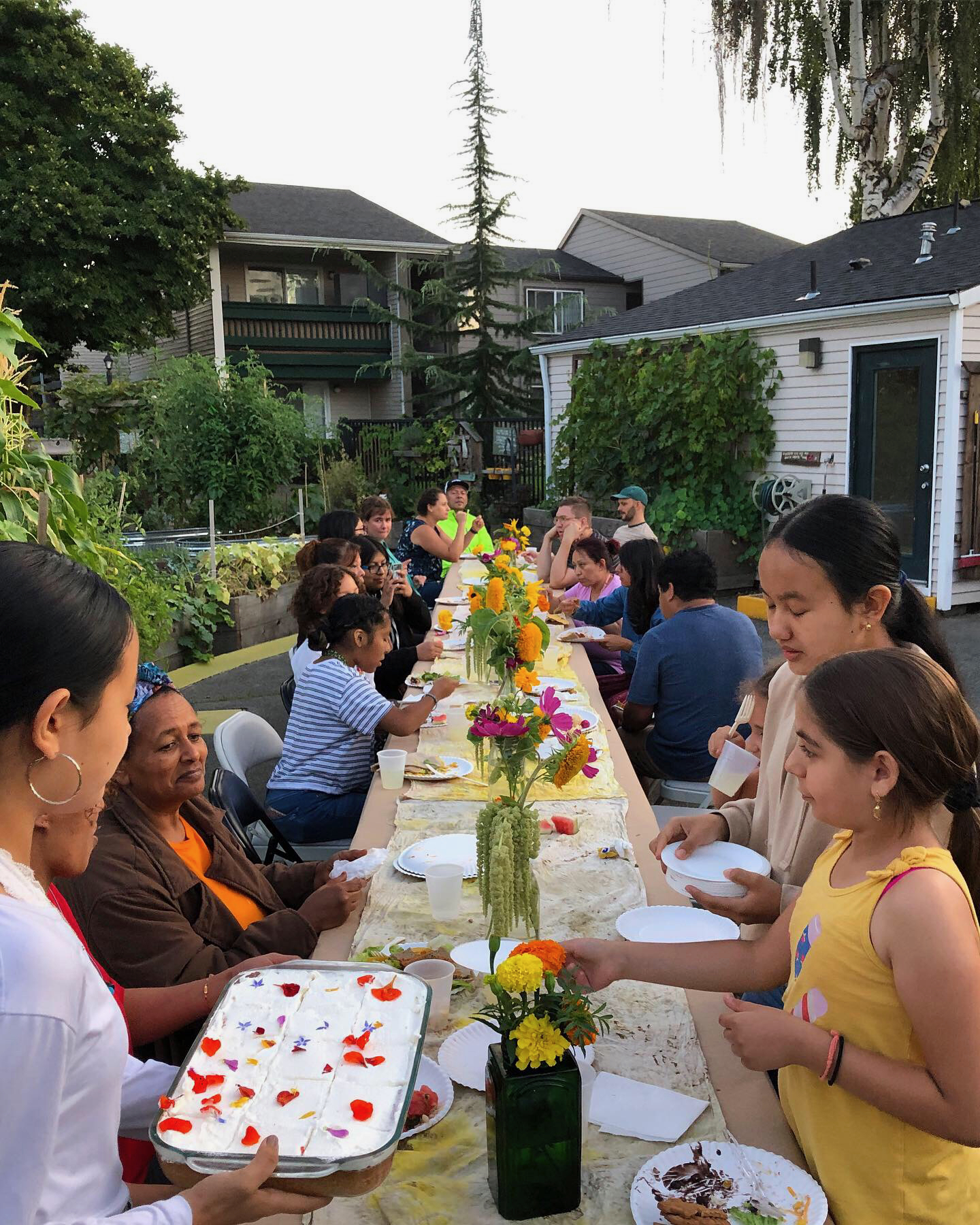

Eventually, LSA self-published a cookbook featuring recipes by neighbors.
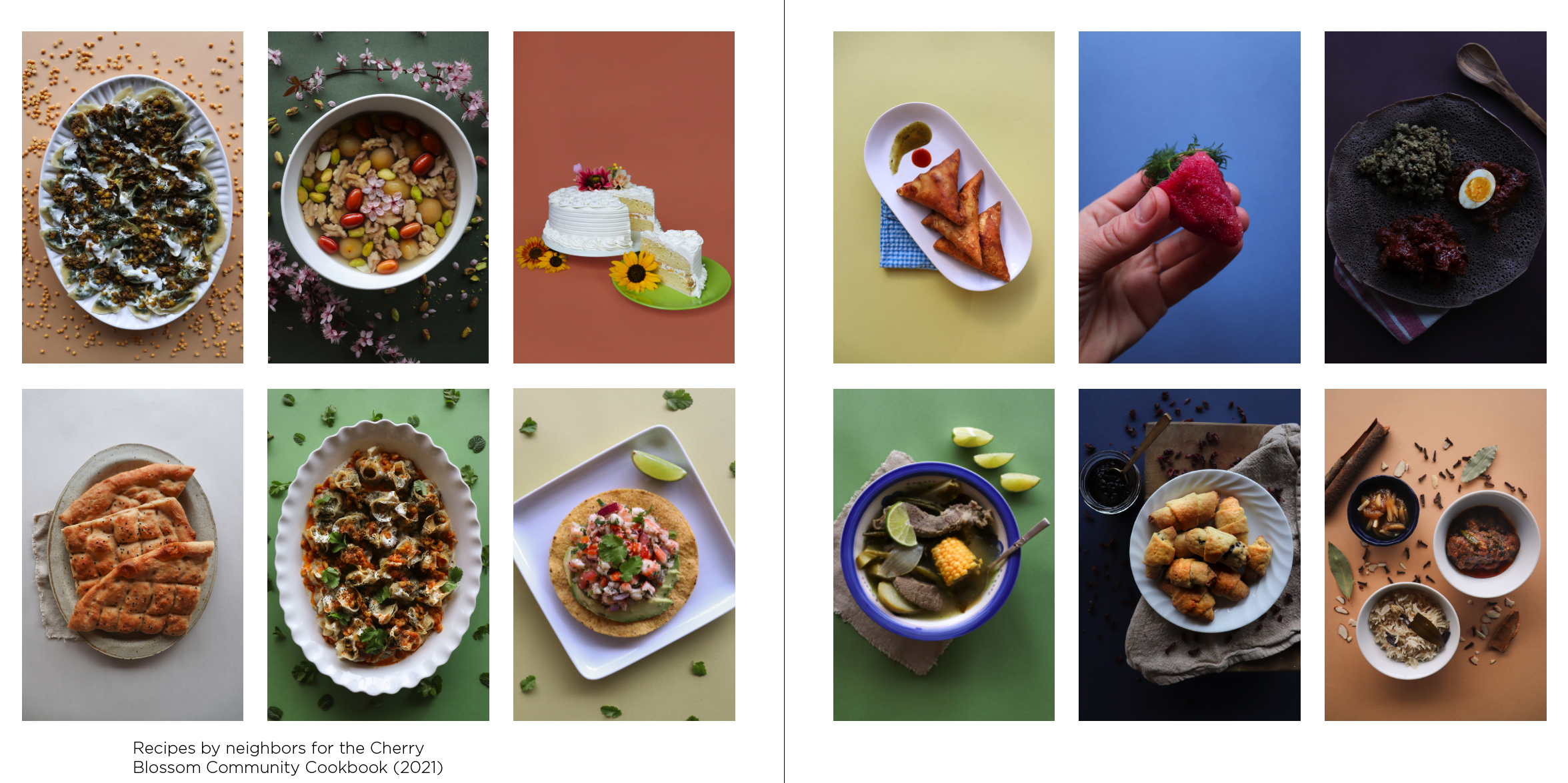
In order to cook the best food, we had to establish two gardens: one vegetable garden and one medicinal herb garden. These gardens began in year 1 and slowly expanded to established states by year 5.
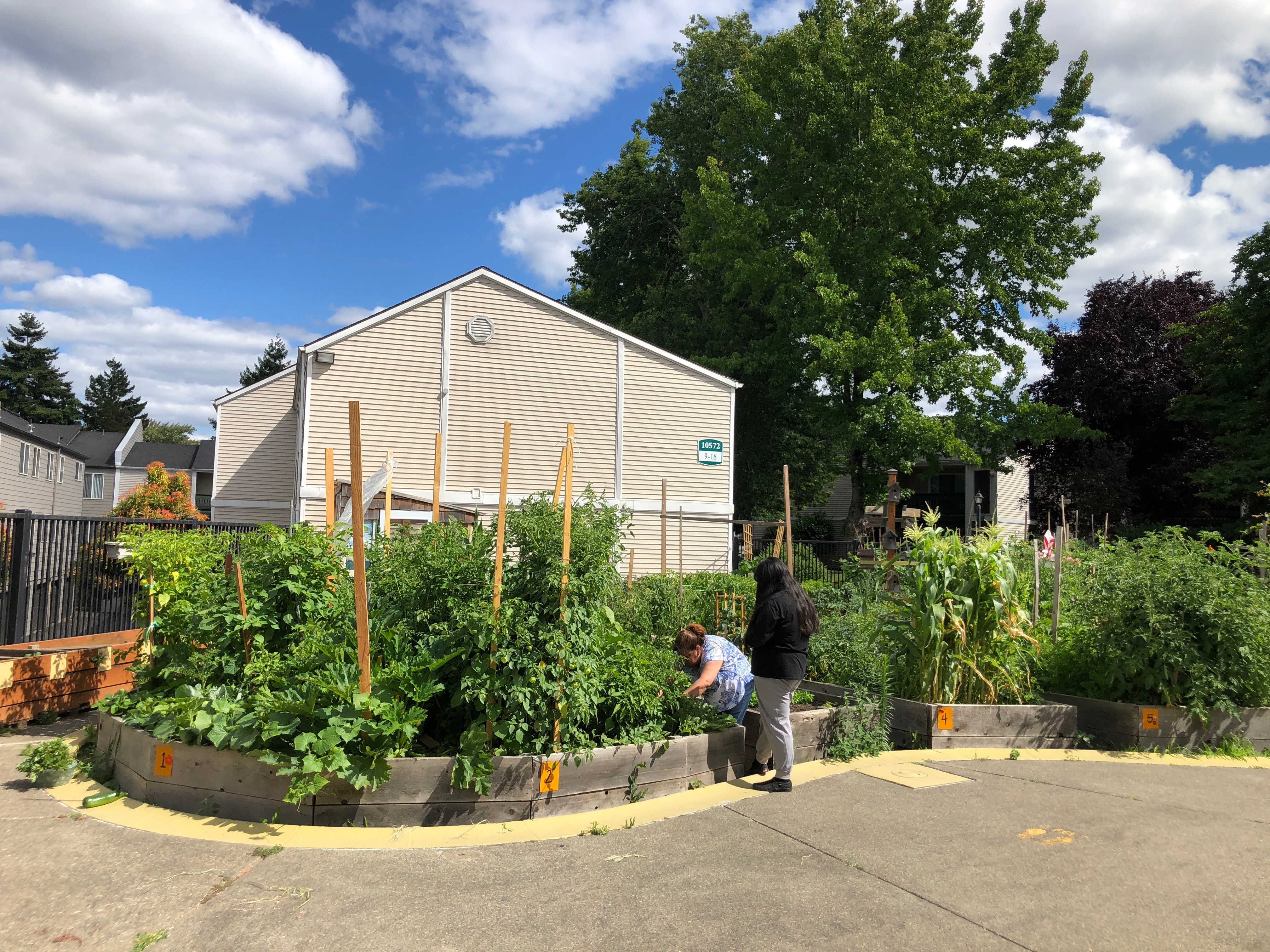
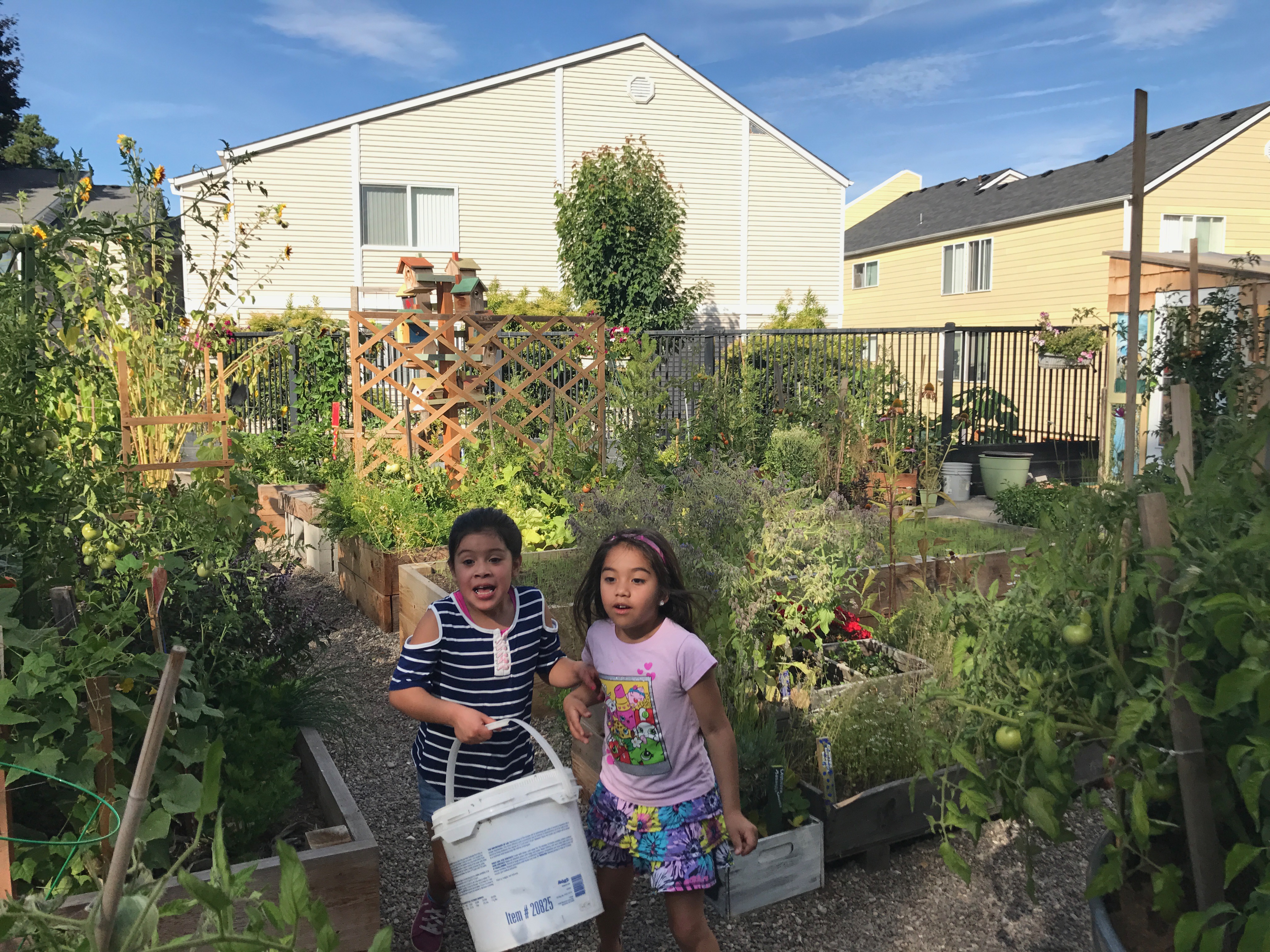
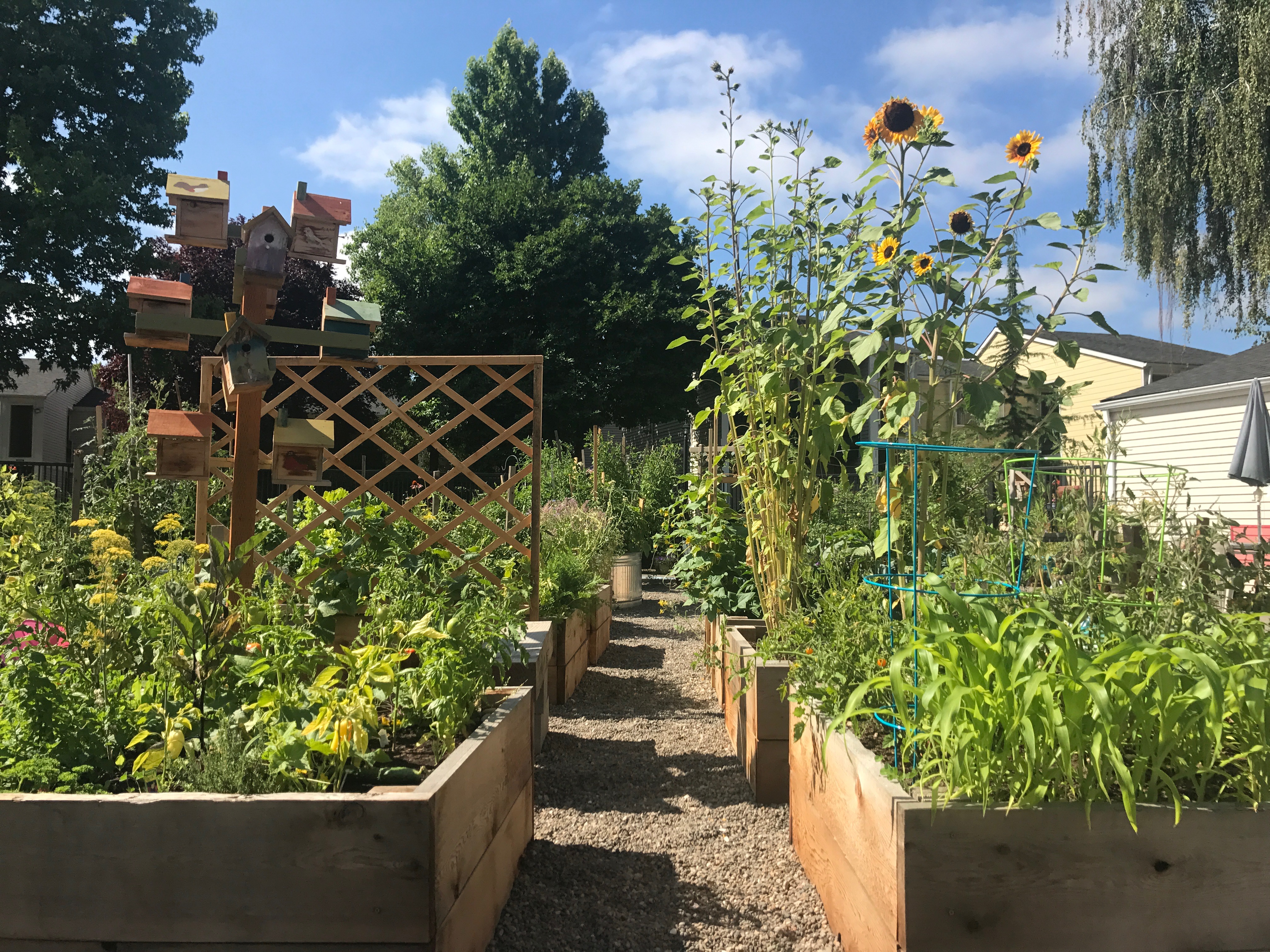
The vegetable garden included individual plots built to fit the contorus of a decomissioned bean-shaped swimming pool. Careful planning led to the final garden design, which fit within and outside the pool’s original architecture.
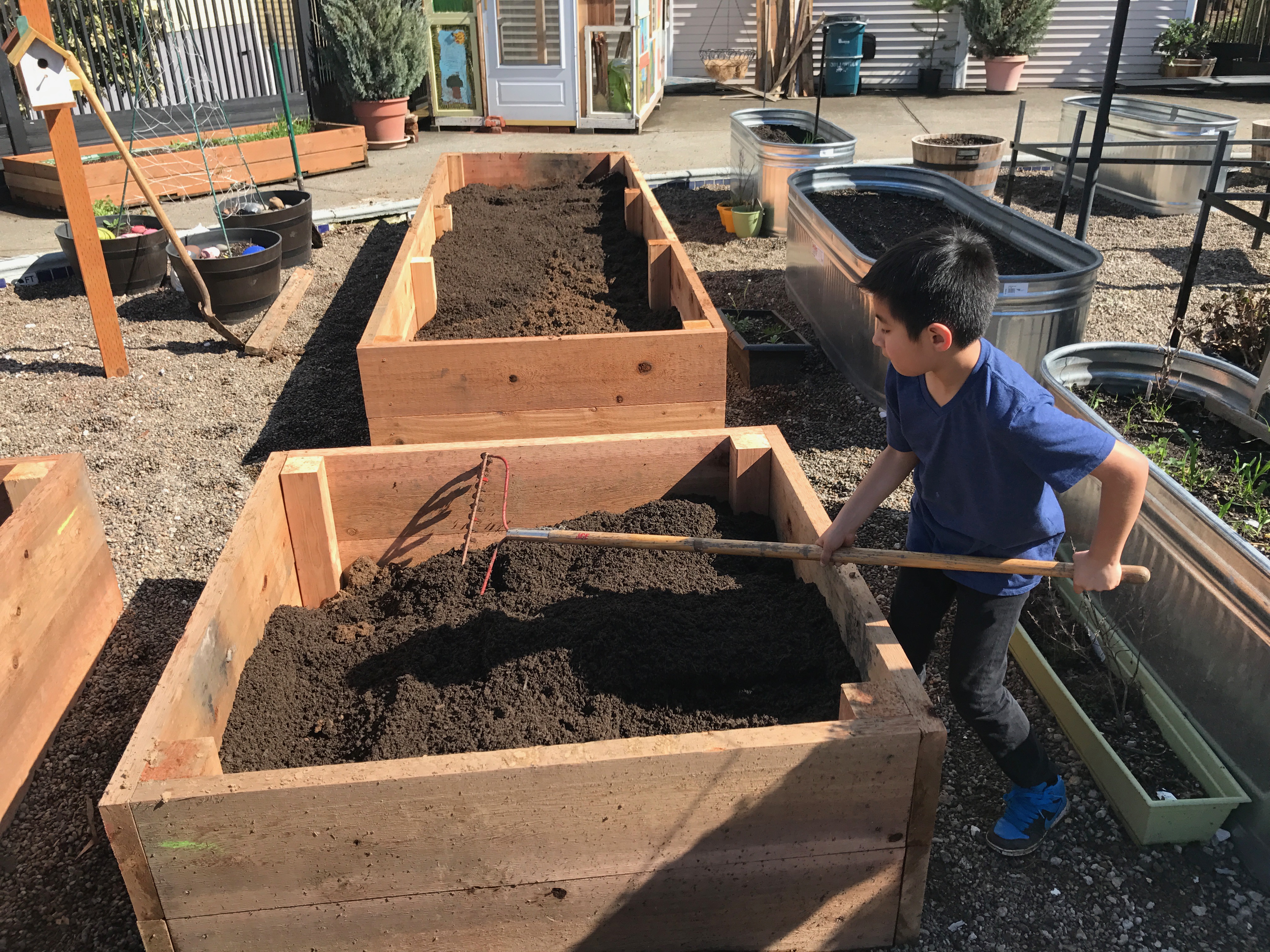
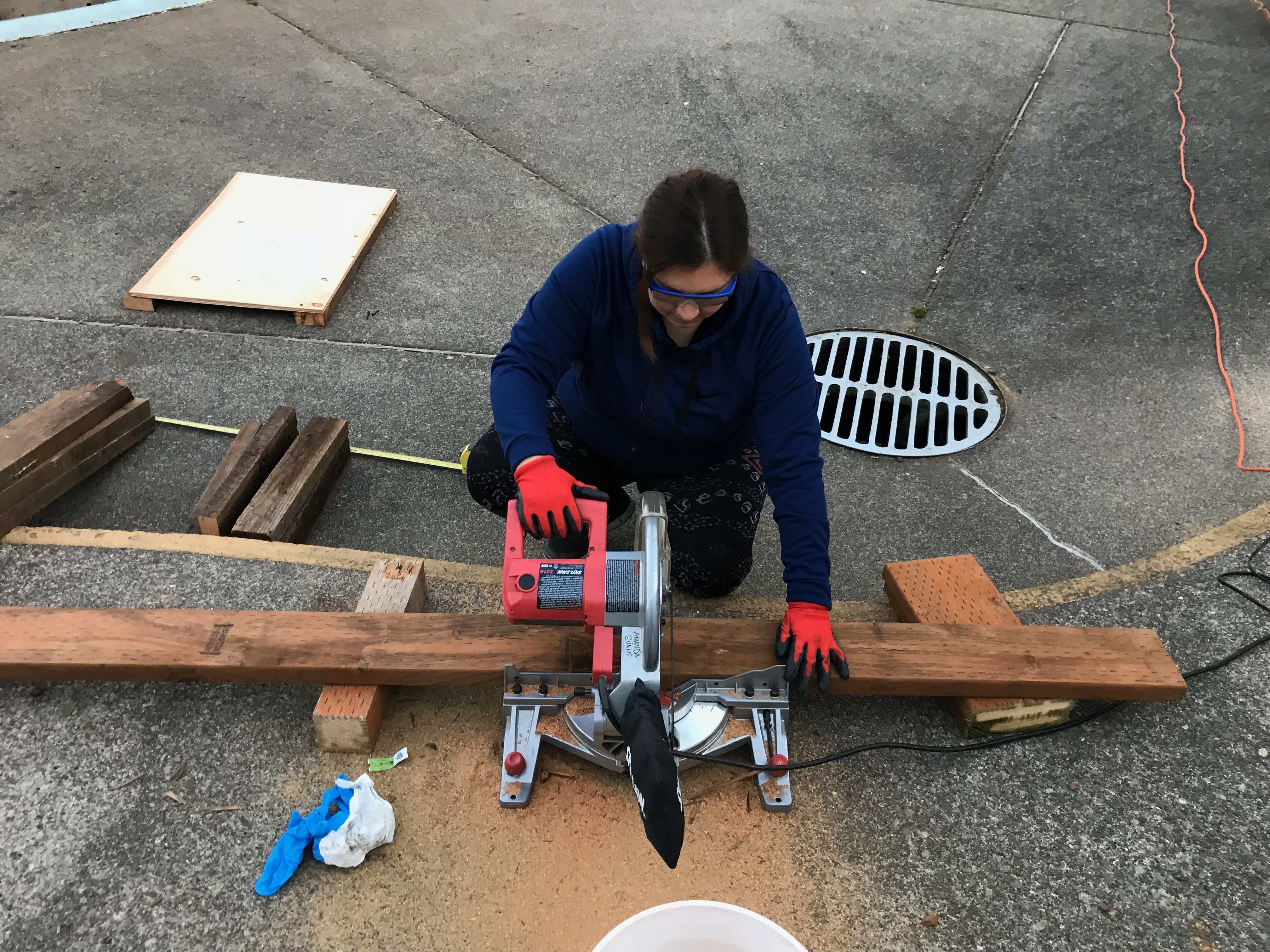
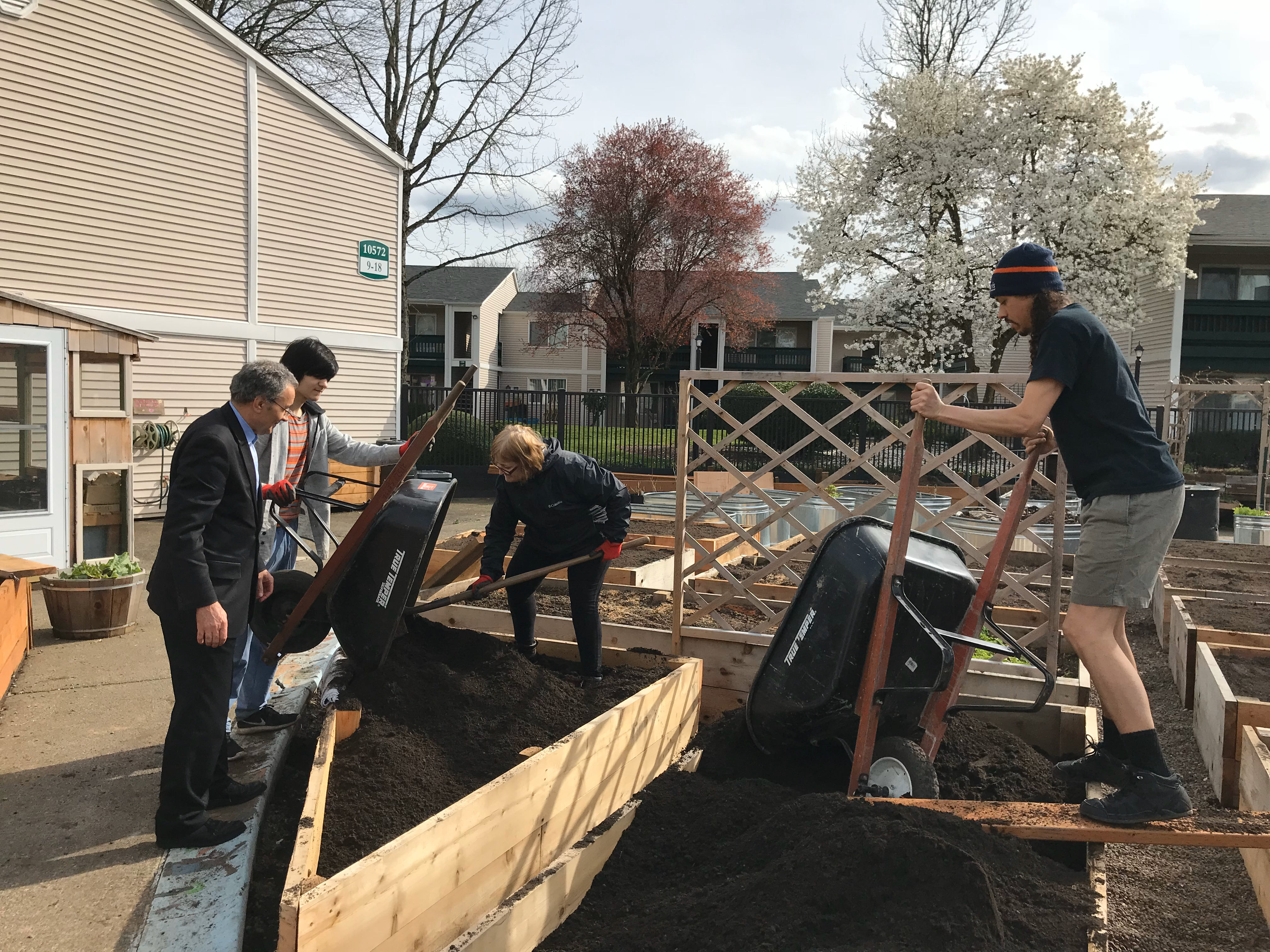
Additionally, the vegetable garden included a greenhouse built with scrap material from local building projects. Every spring, it fills with tomato starts.
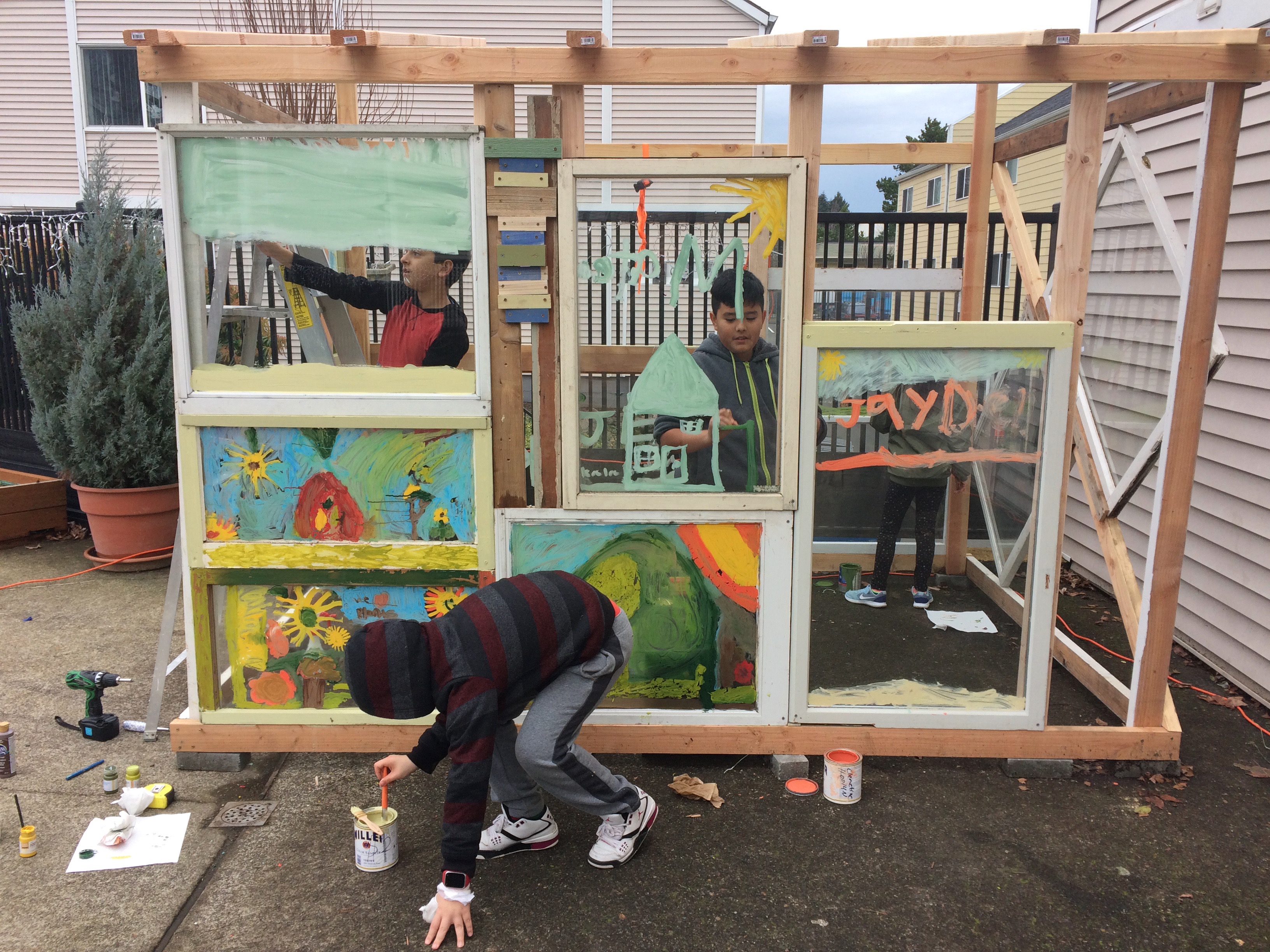

The medicinal herb garden featured plants, mostly perennials, relevant to the cultures represented in our apartment community.

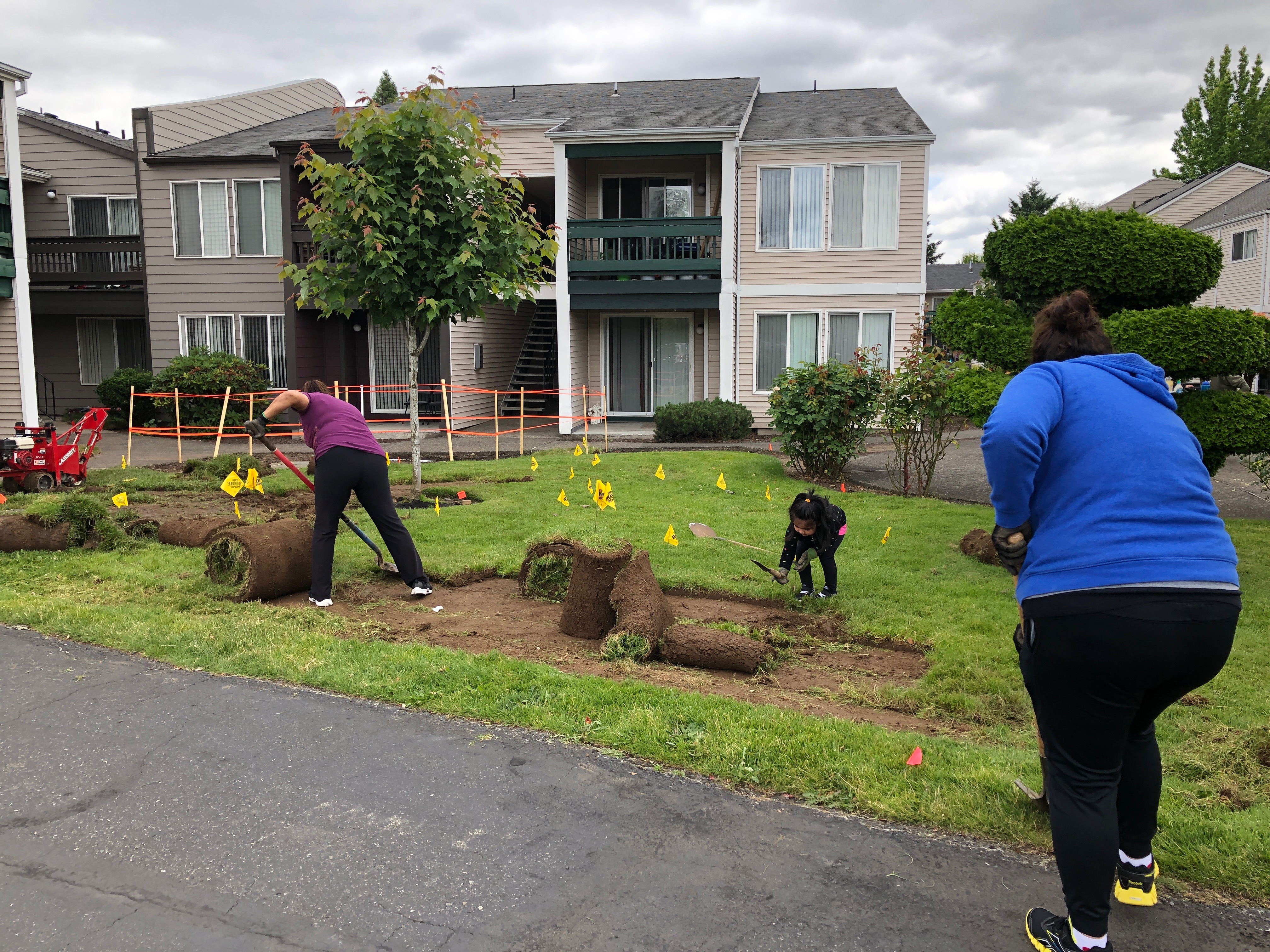
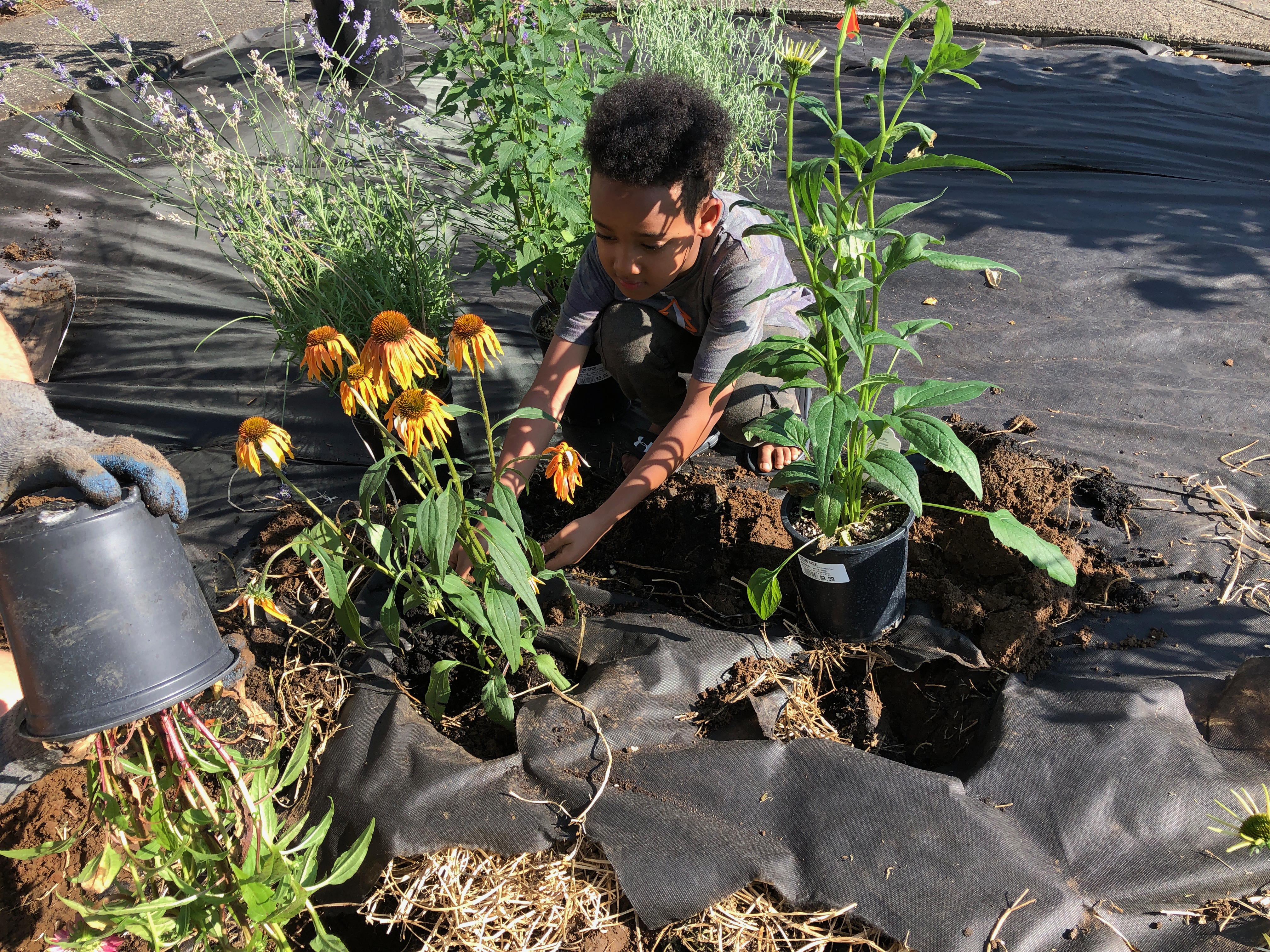

Prior to LSA’s two gardens, the apartment complex was already filled with beautiful rogue gardens planted by neighbors. Neighbors wanted additional space to plant, so the two gardens were born.

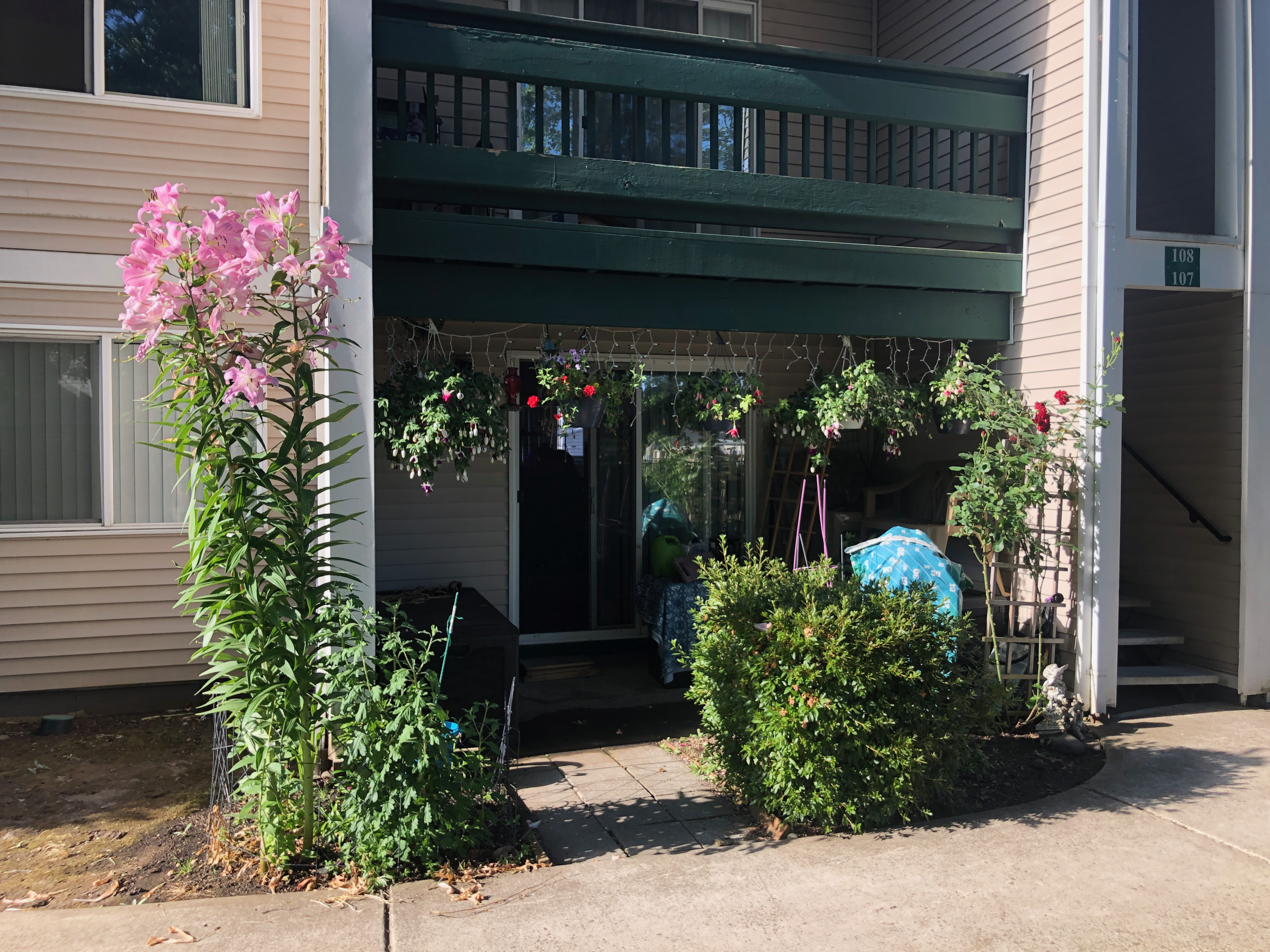
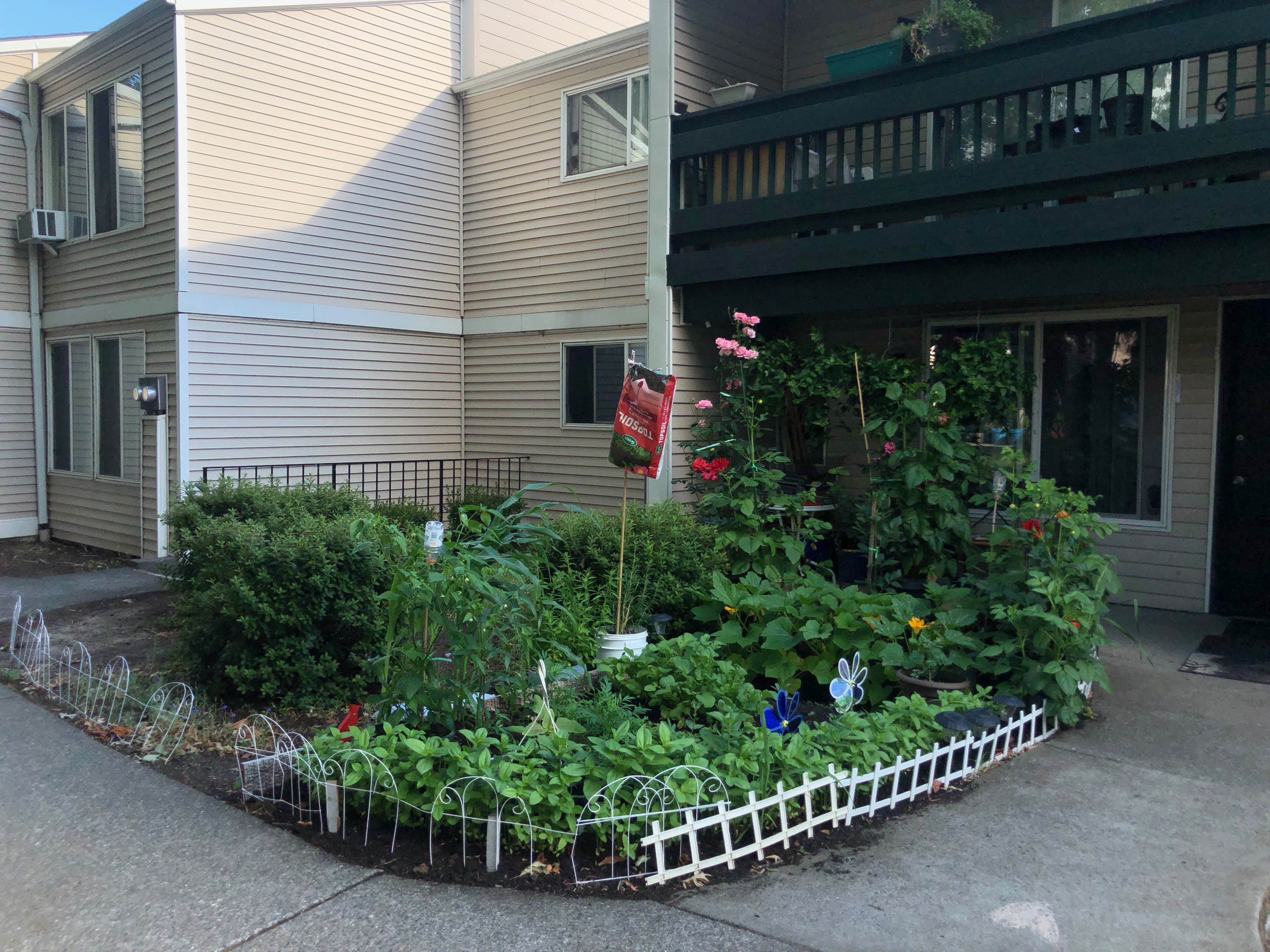
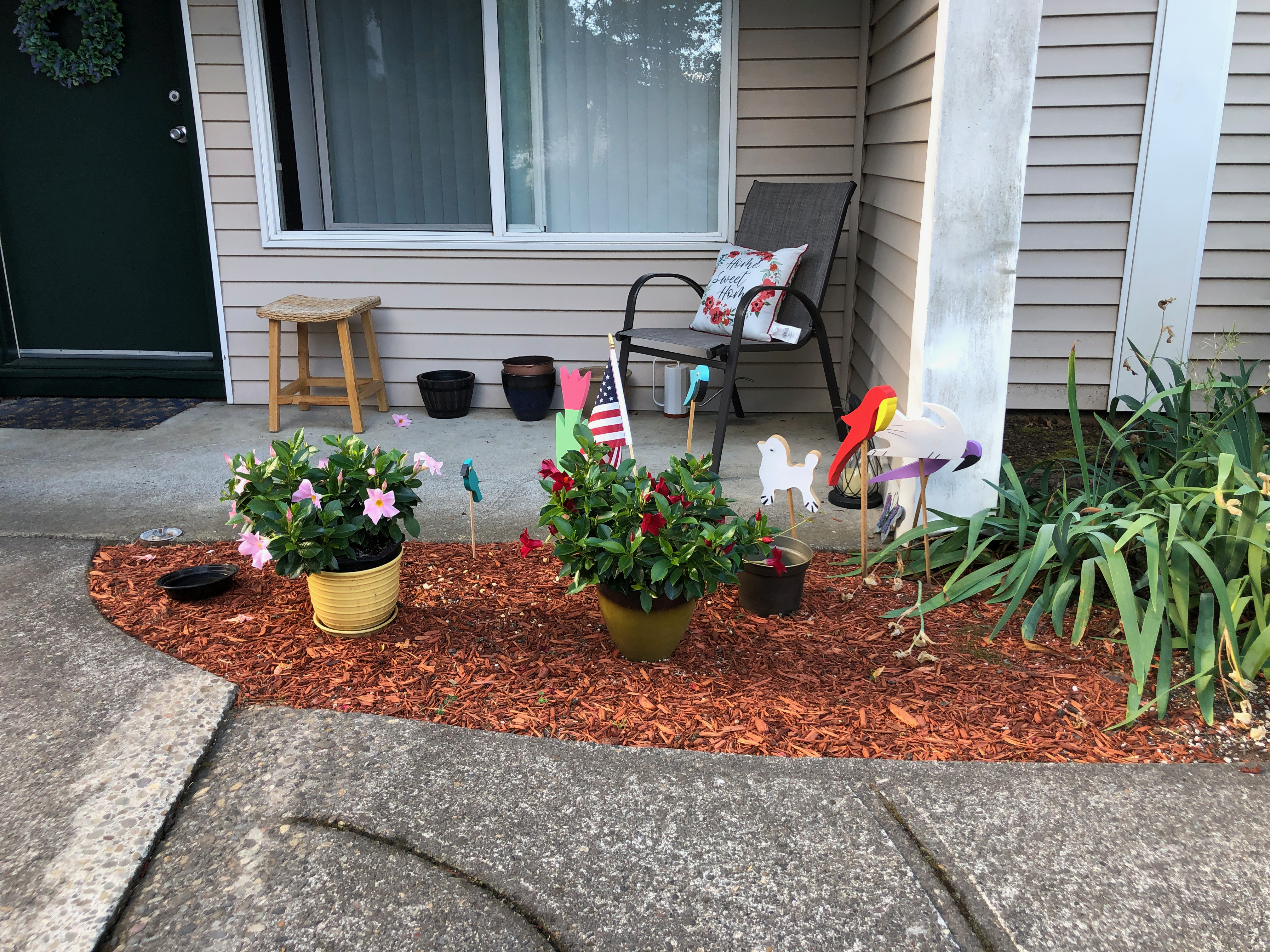


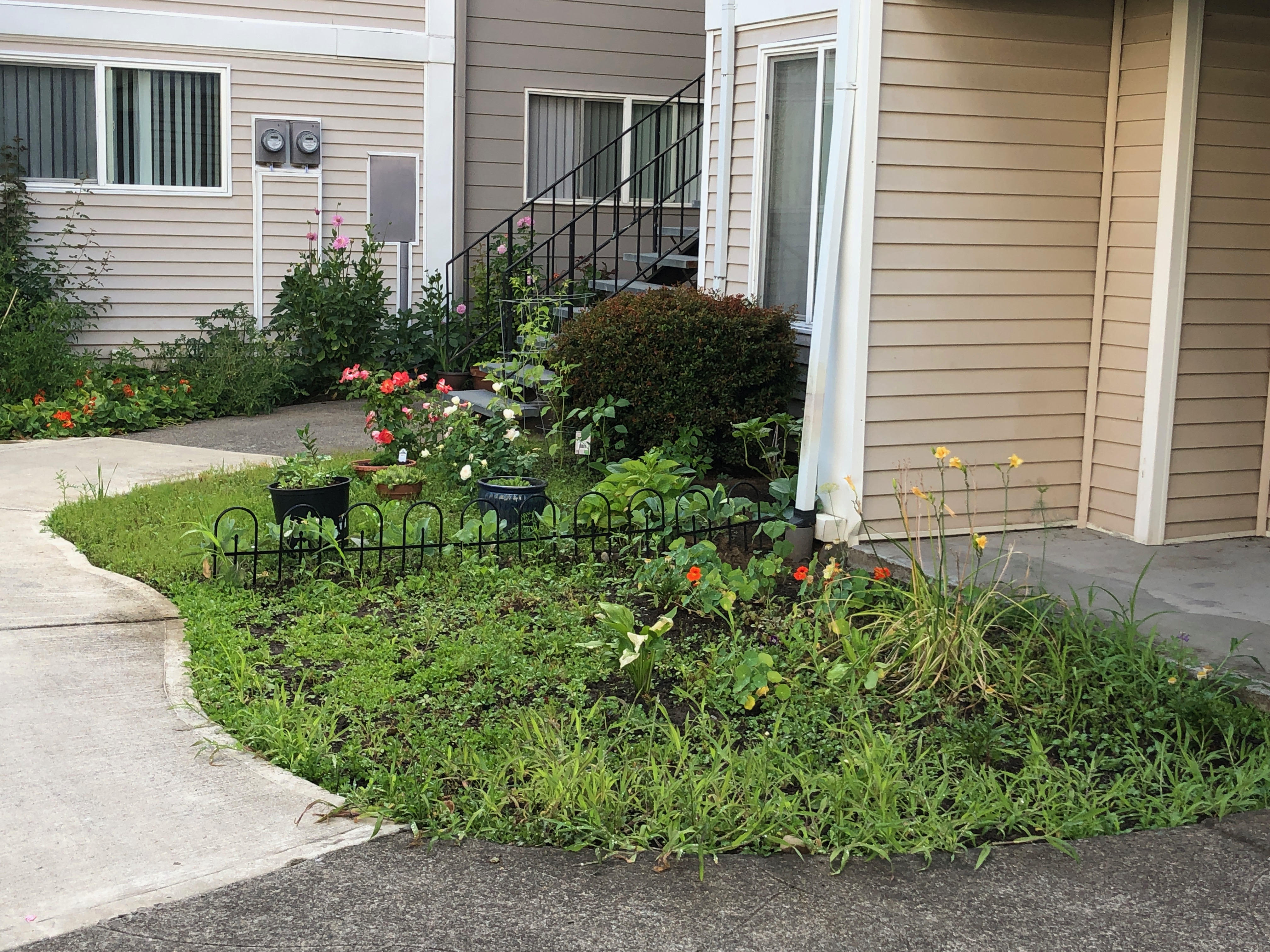
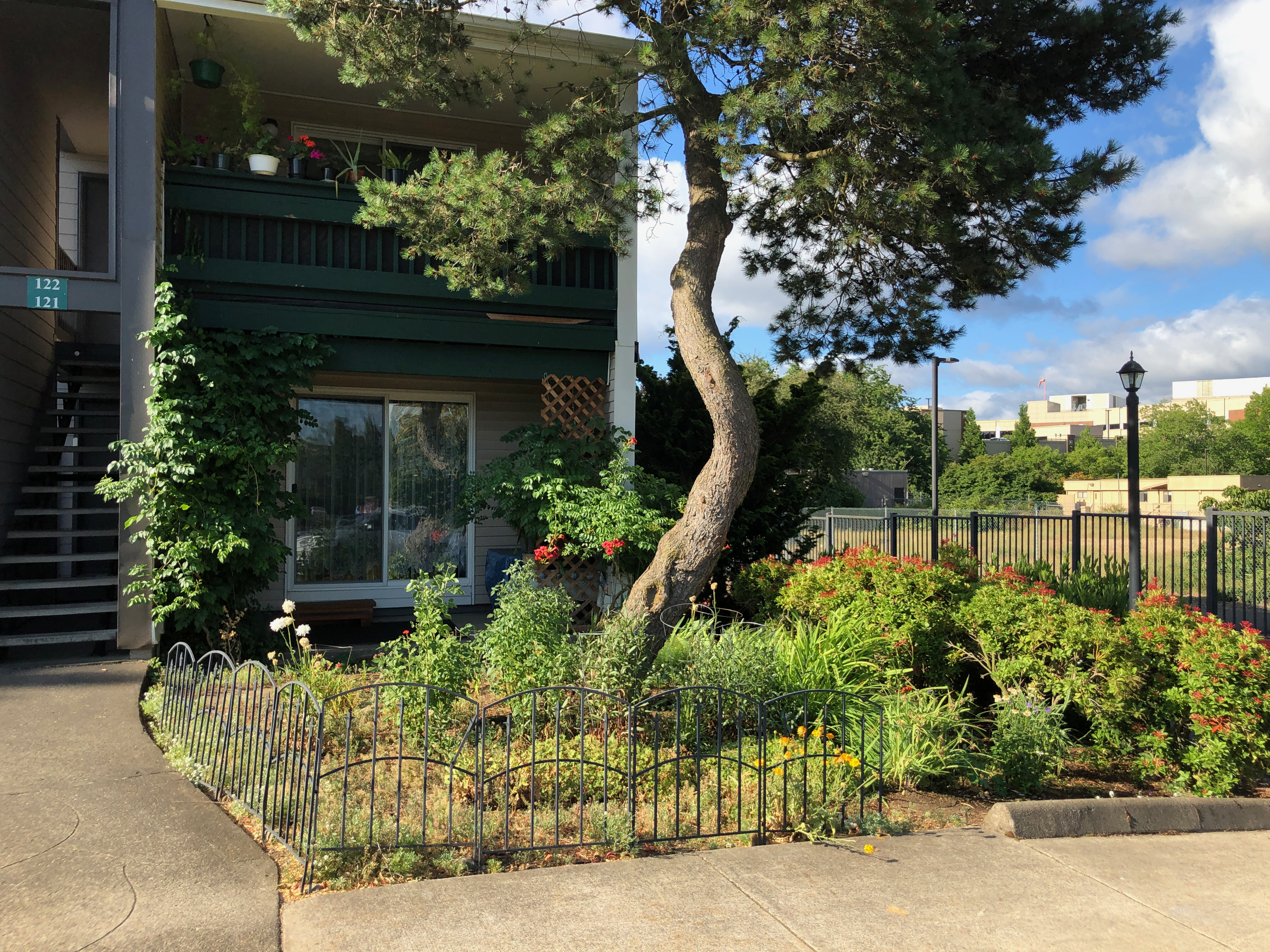
Over the years, LSA hosted a visiting artist and artist residency program. The artists we worked with were selected by youth in the apartment complex. Visiting artists and artists we visited included DakhaBrakha, Habiba El Sayed, Salty Xi Jie Ng, Roz Crews, Portland Tropical Gardens, Nicole Seisler, Letra Chueca Press, Mis Tacones, Outlet PDX, Subashini Ganesan, Maya Vivas, Midori Hirose, Zuko Hudson, Michael Bernard Stevenson Jr, the PSU Art and Social Practice Program, V Maldonado, Laura Medina, Angela Maree Sáenz, and Salomée Souag. Some residencies resulted in public artwork co-authored by youth and our visiting artists.

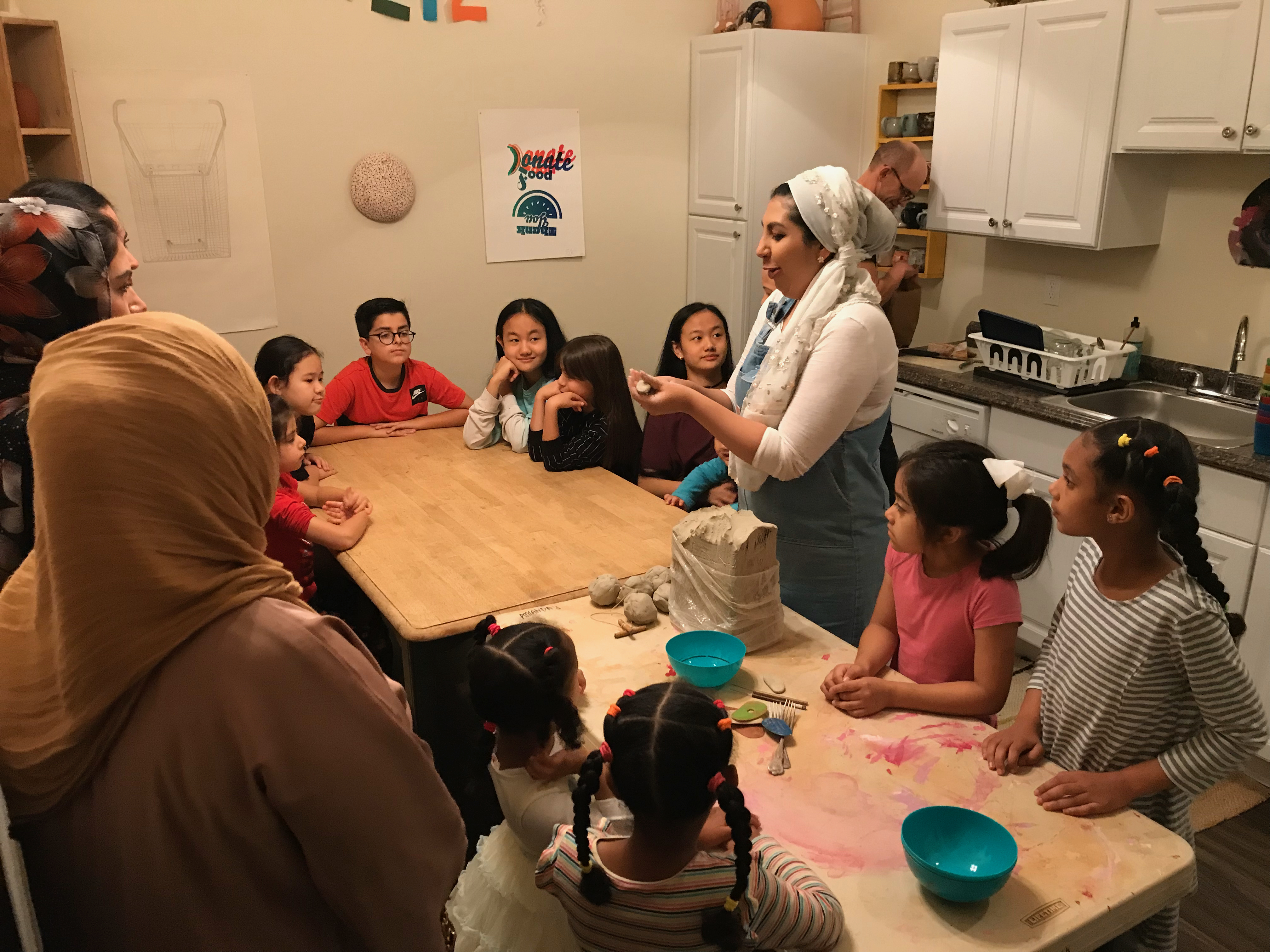
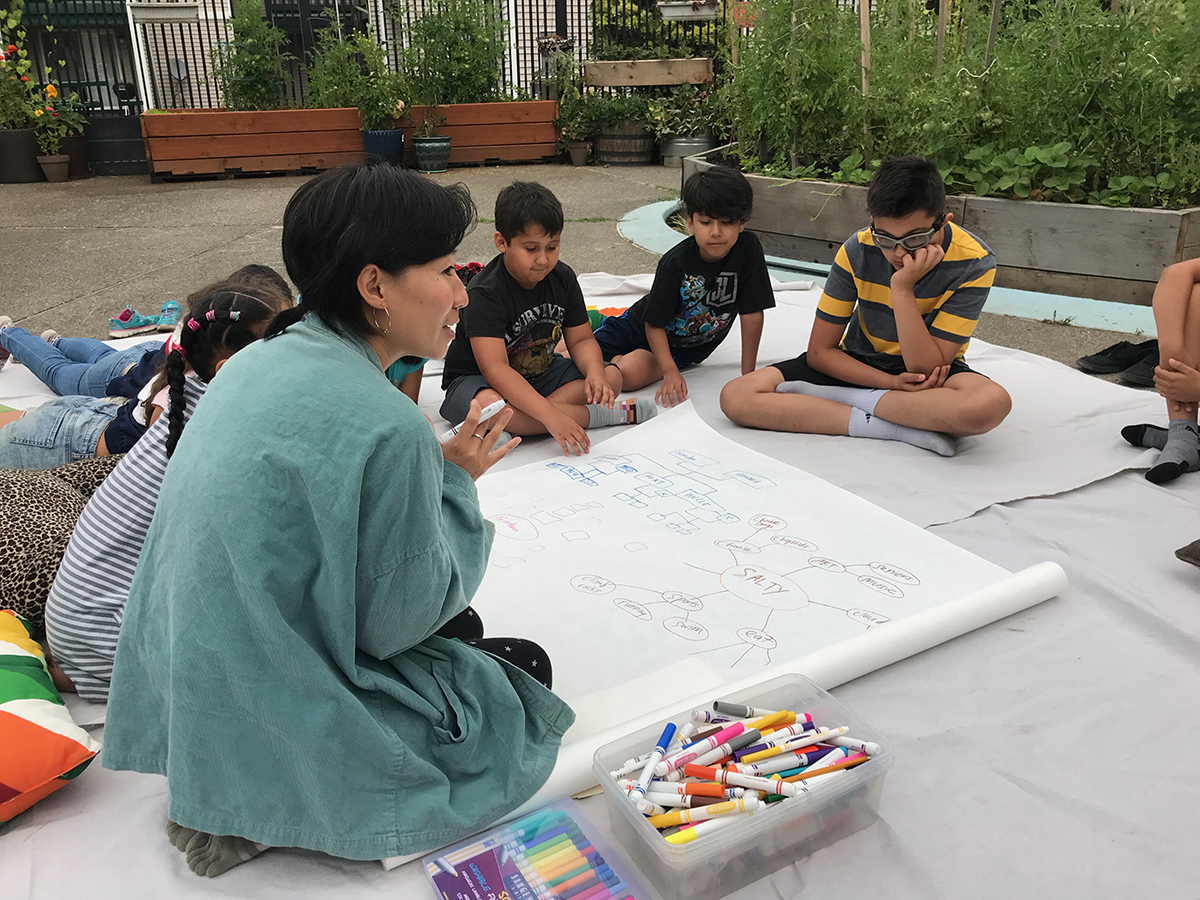
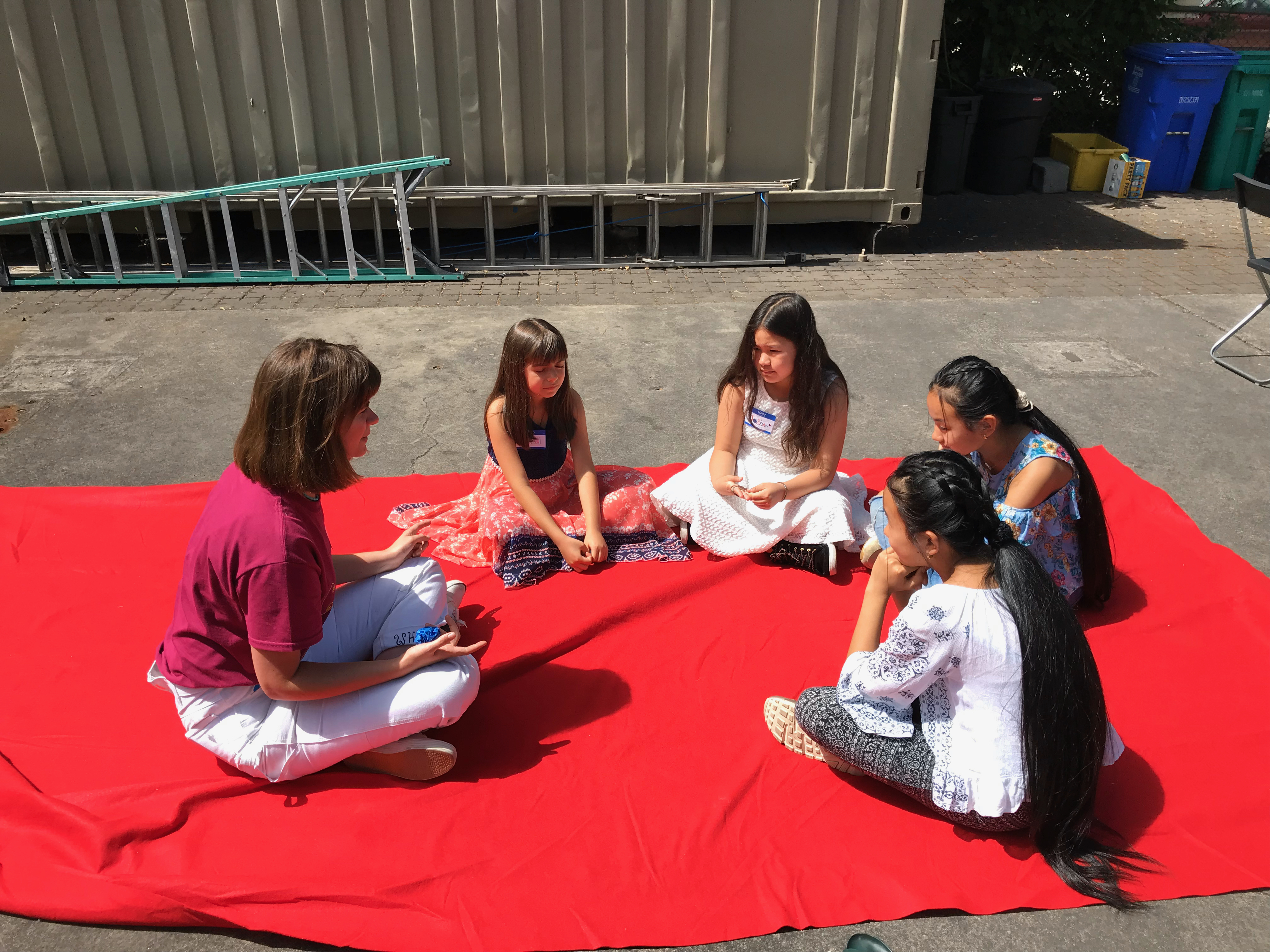


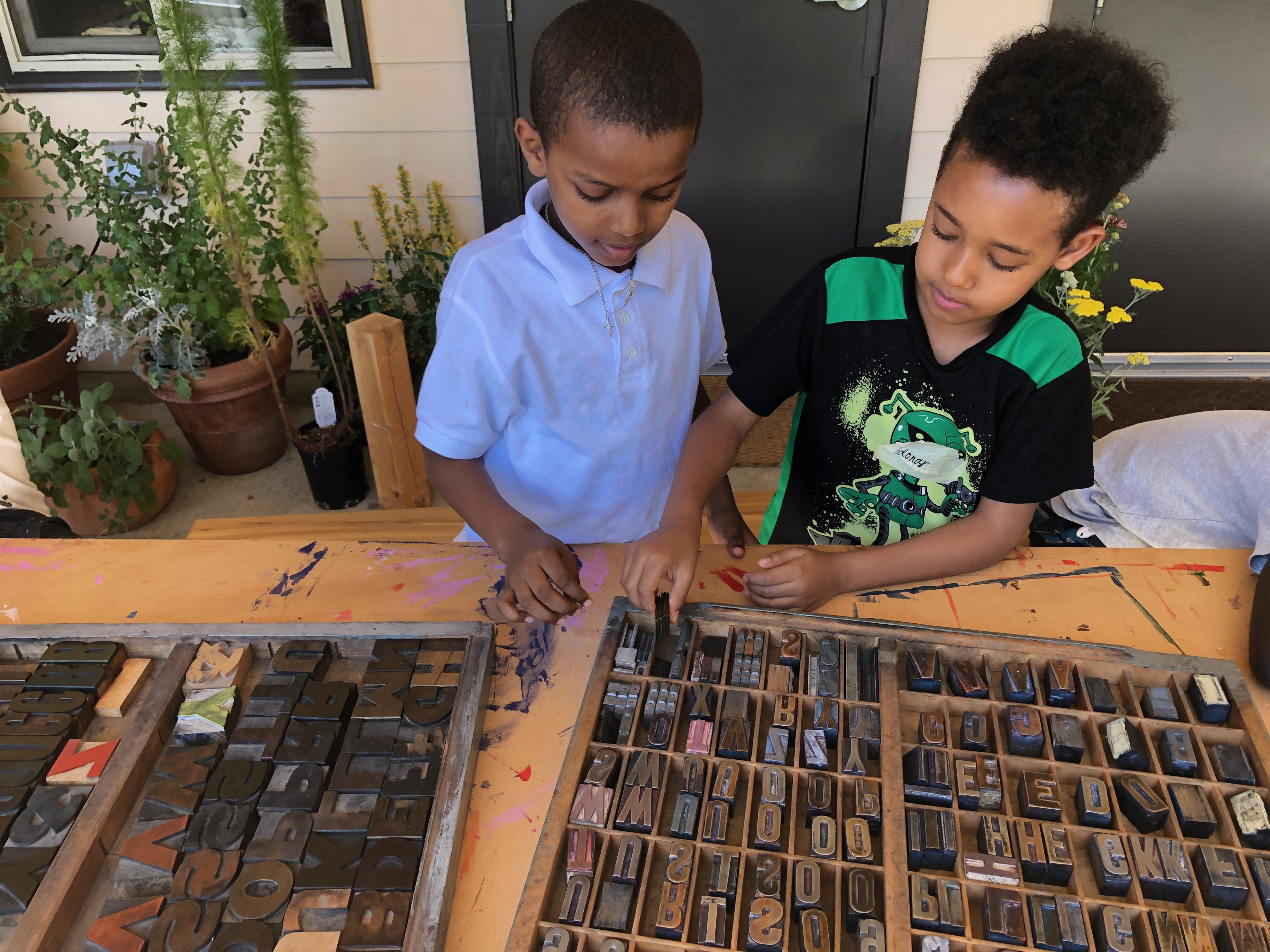
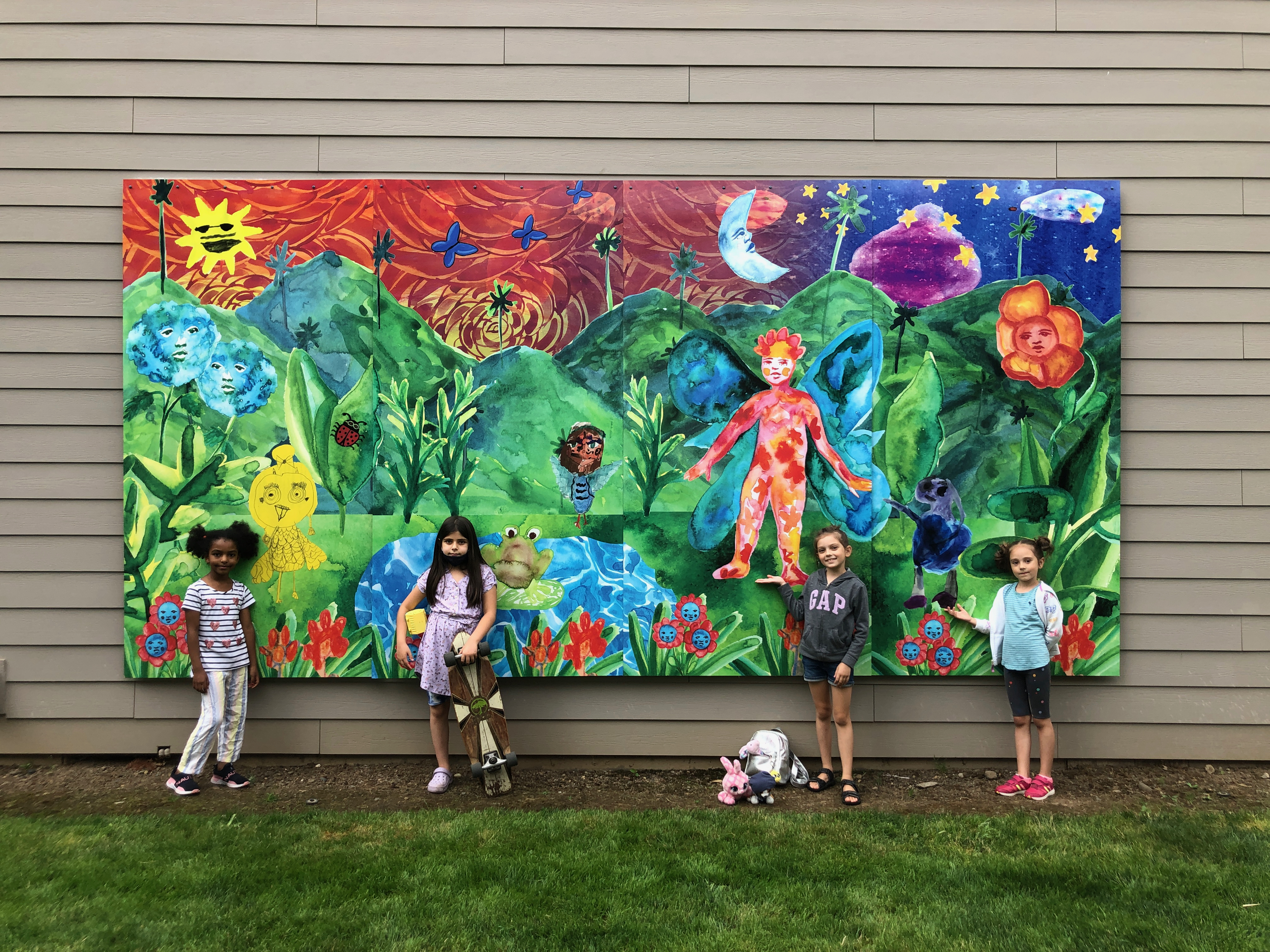

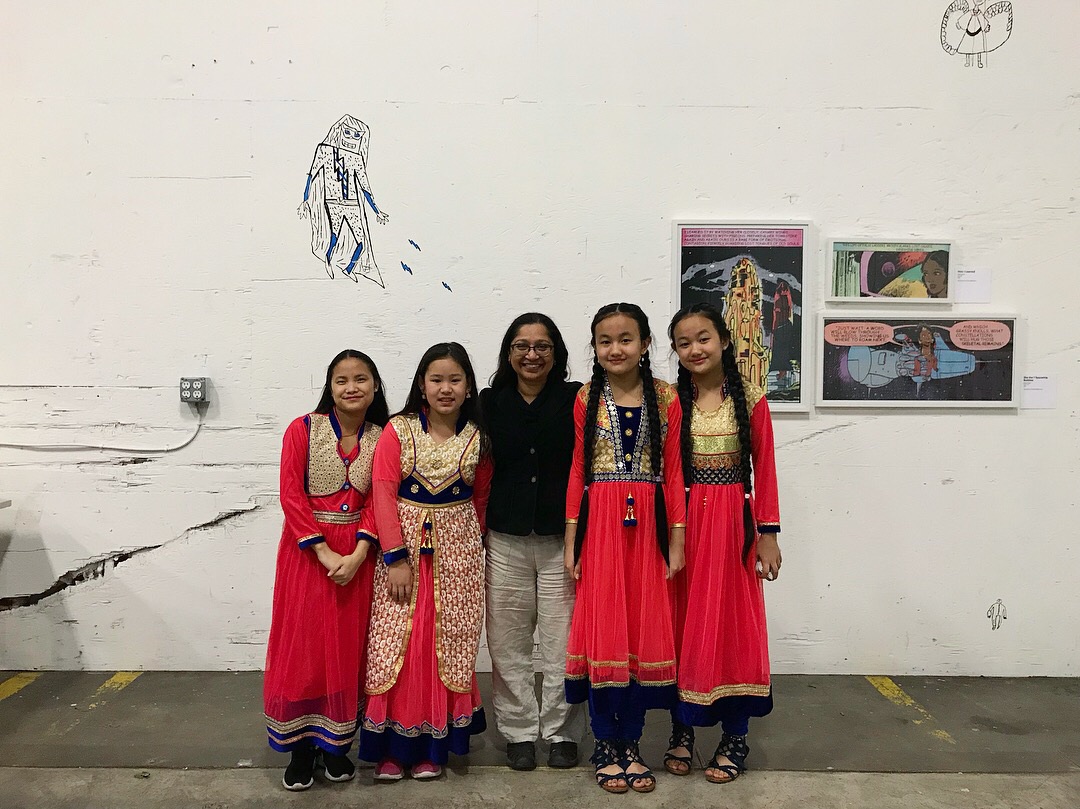
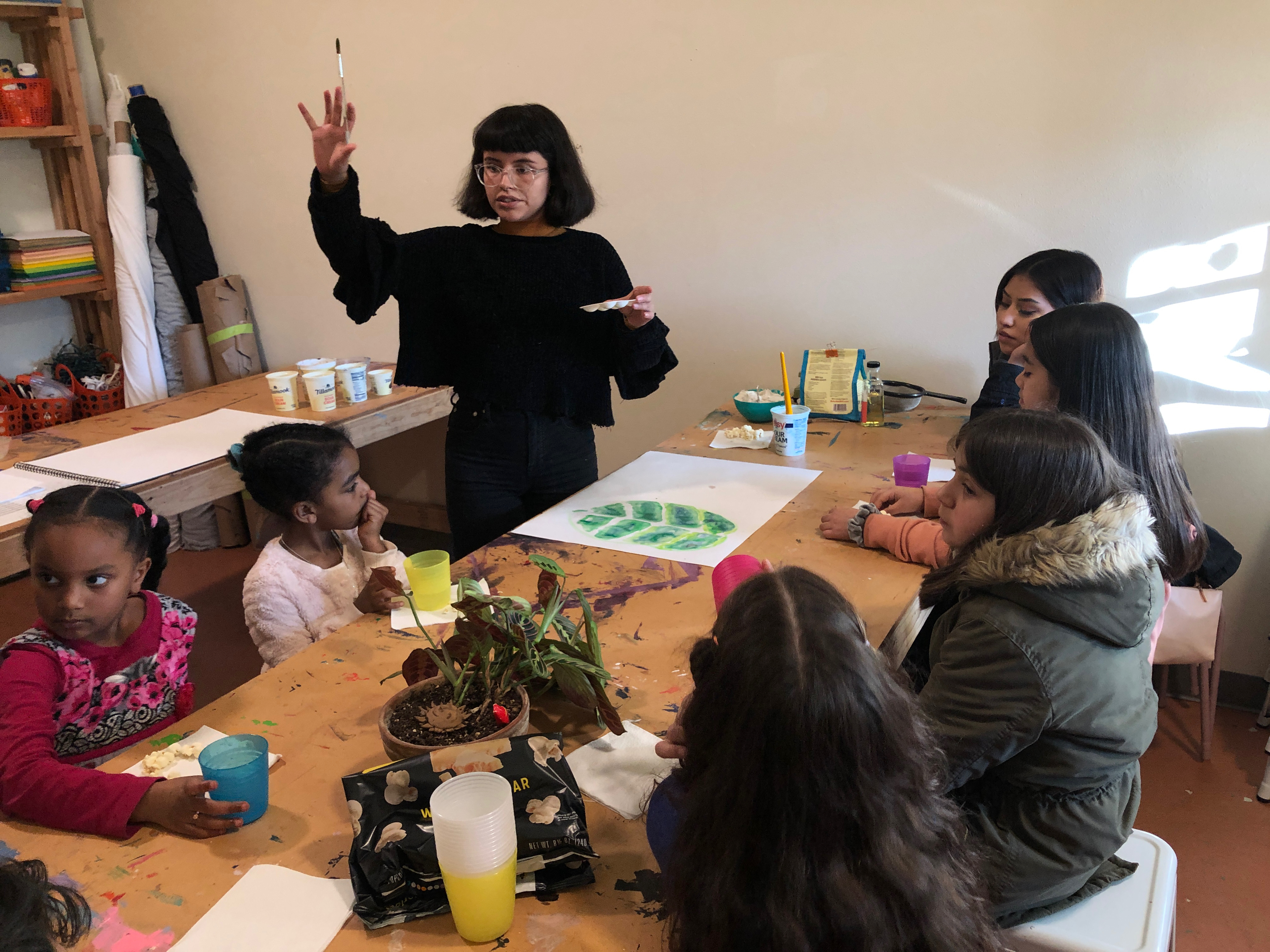
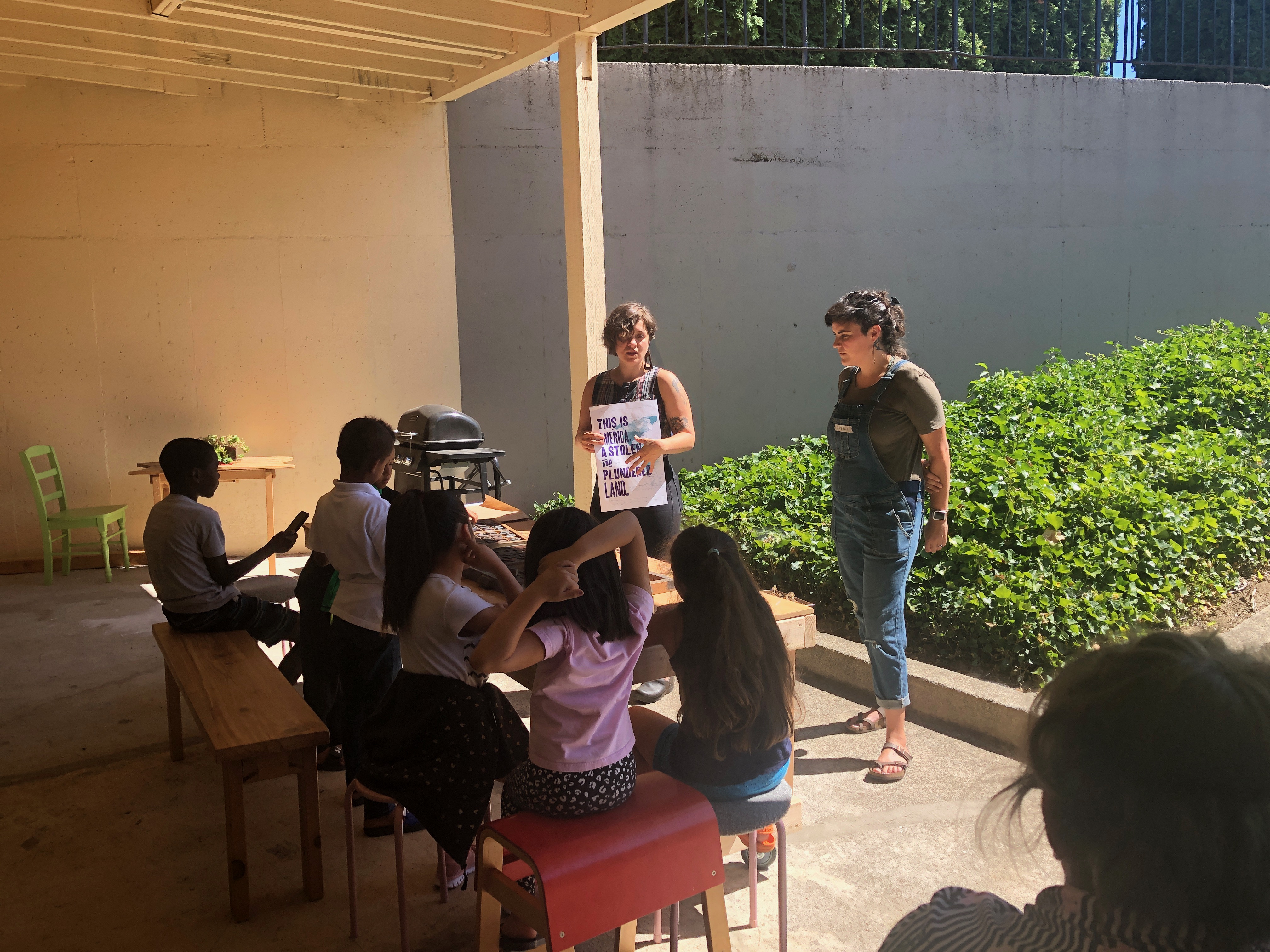
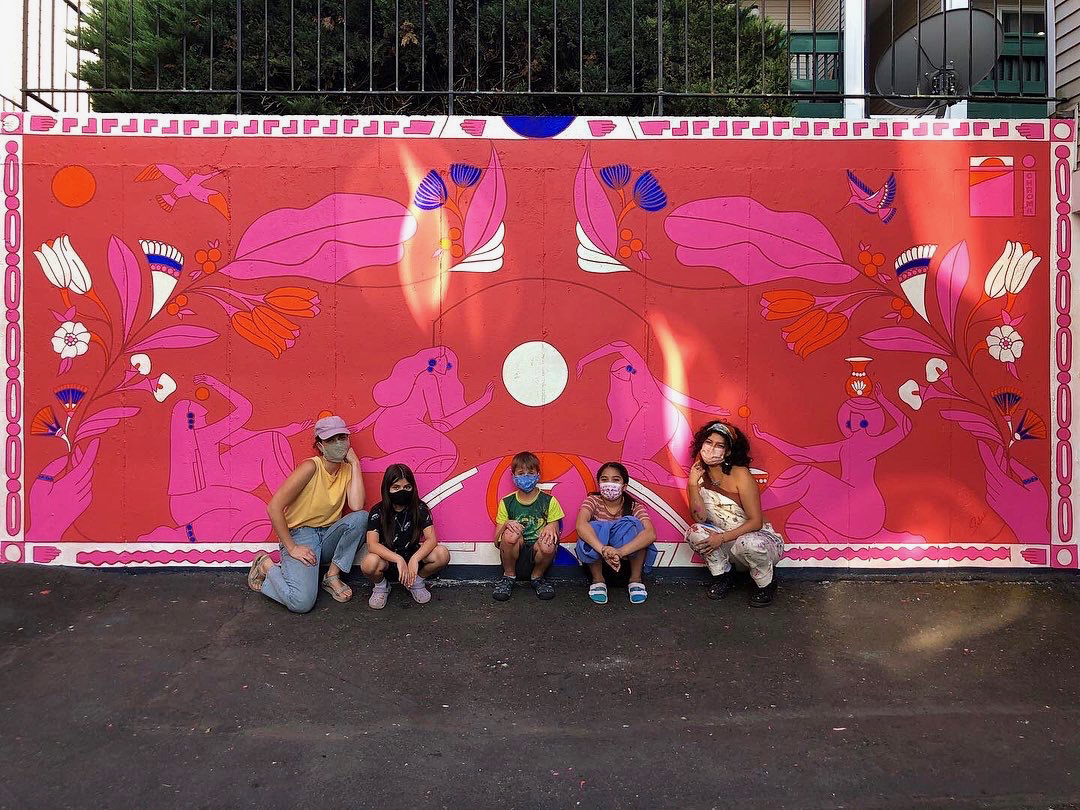
Visiting artist applications were reviewed by the LSA Youth Application Jury — a group of young people (aged 6-14) who are artists, neighbors and collaborators. Our online application was written by the Youth Application Jury.
Some of their questions included:
One applicant said they did not like popsicles. Unfortunately, that answer did not go over well with the LSA Youth Application Jury.
Some of their questions included:
- Where does a rainbow come from?
- What is your favorite flavor of popsicle?
- If you could be any kind of animal, what animal would you be?
- What is your favorite kind of popcorn?
- What’s your favorite thing to do?
- What inspired you to be an artist?
- If you weren’t an artist, what would you be instead?
- Send us a selfie so we know you’re not sus.
One applicant said they did not like popsicles. Unfortunately, that answer did not go over well with the LSA Youth Application Jury.
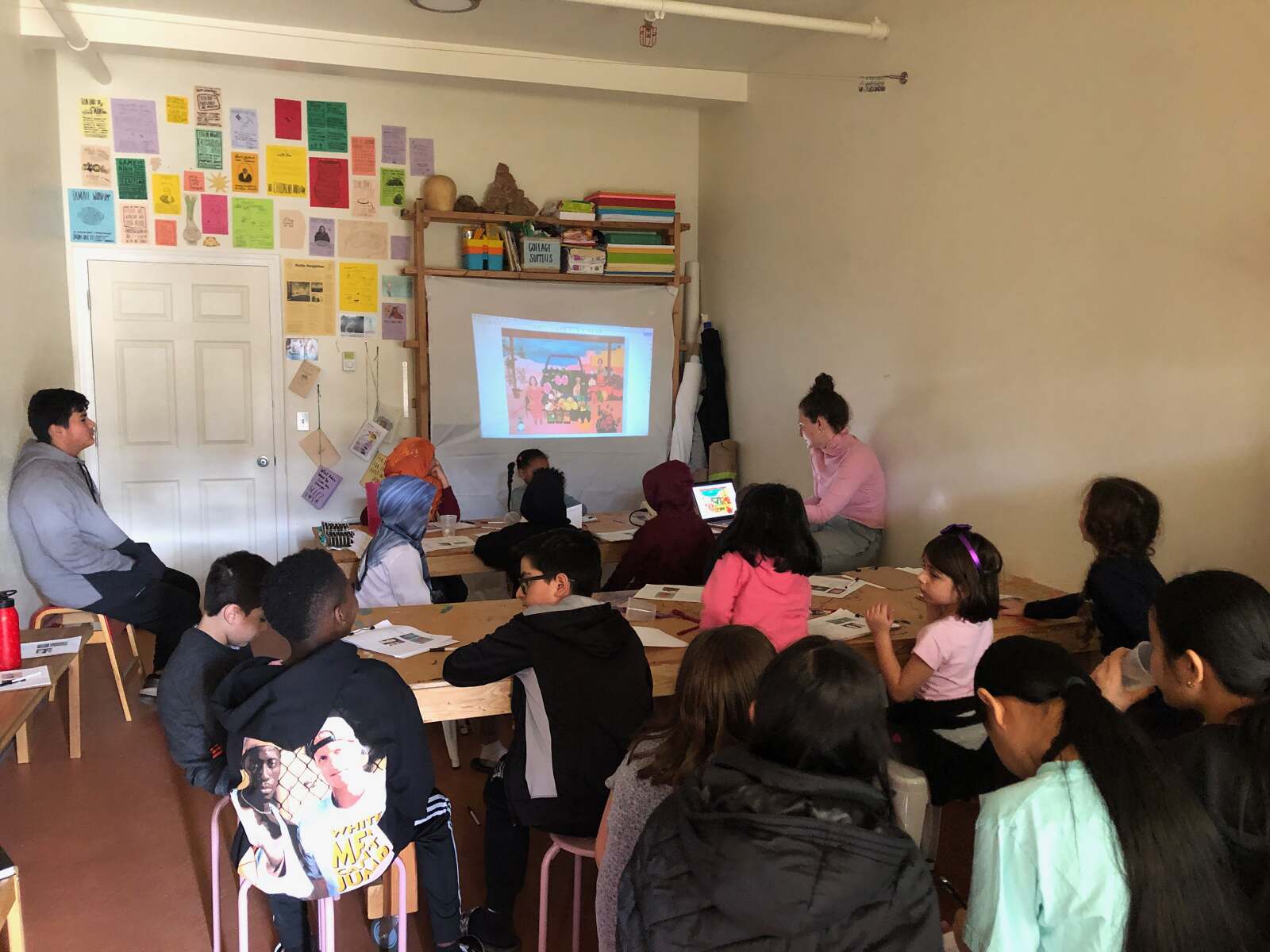

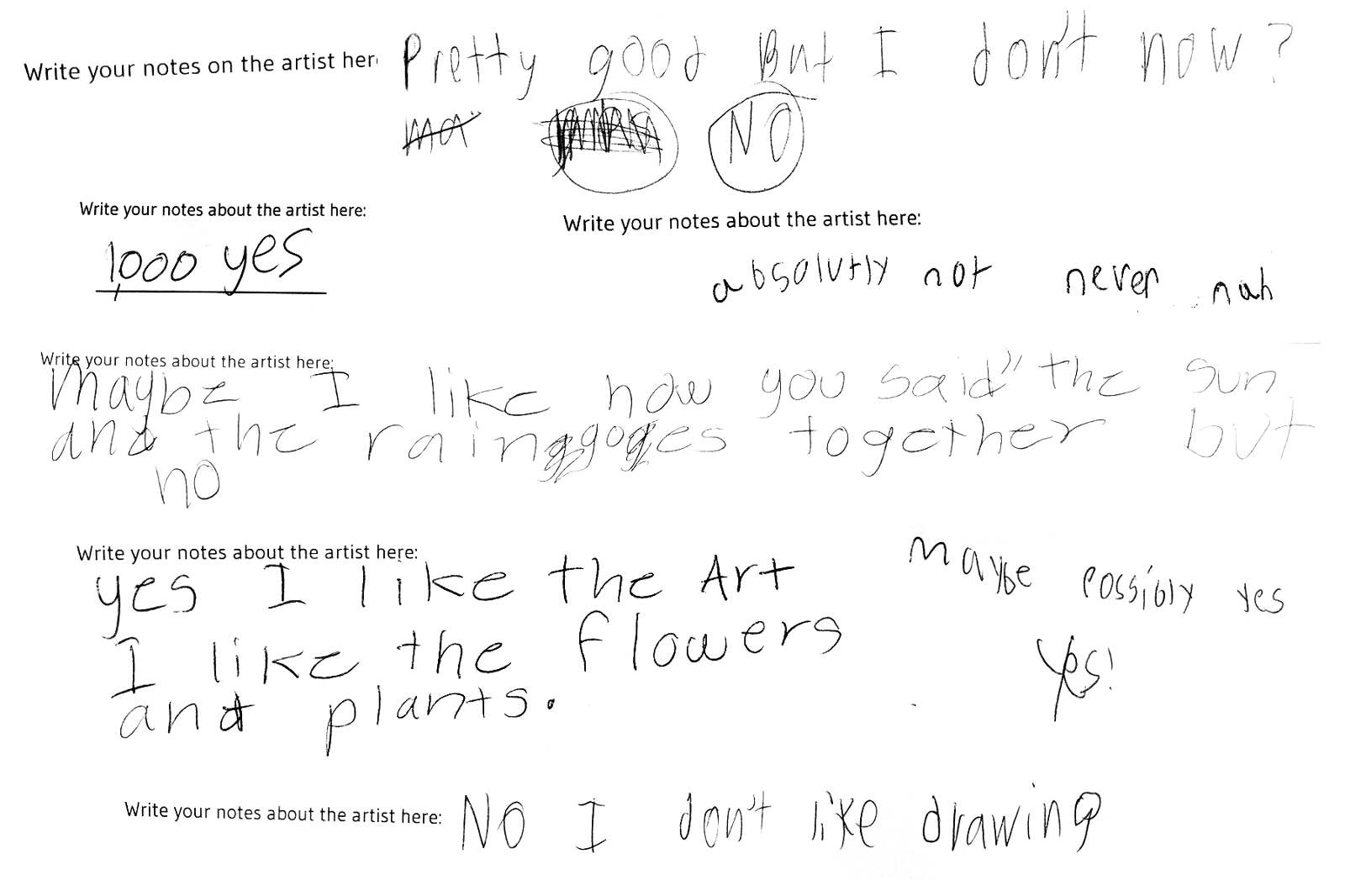
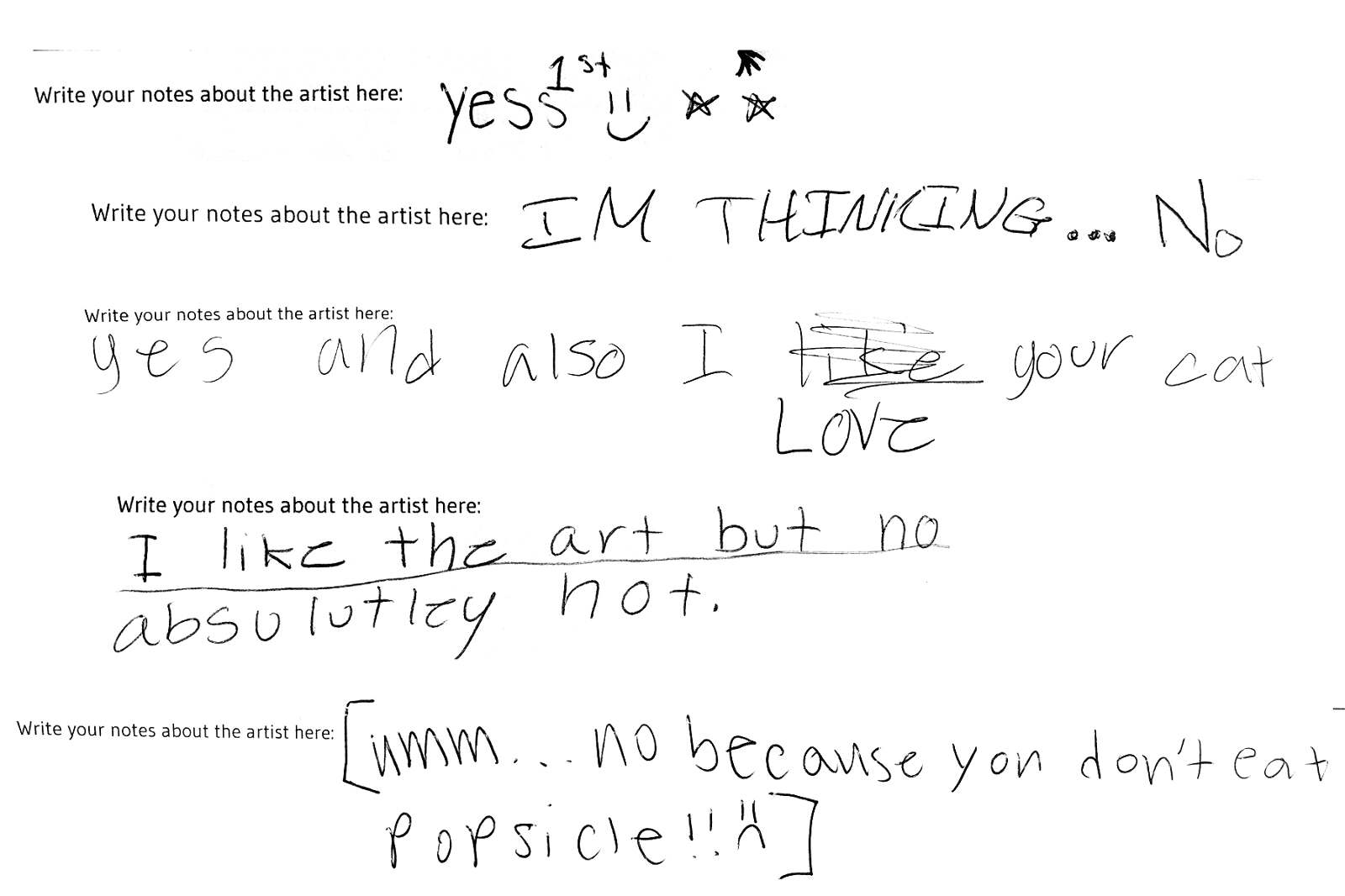
LSA hosted bi-annual exhibitions in the apartment’s 8 laundry rooms, featuring artwork by neighbors, and one exhibition of banners on balconies.
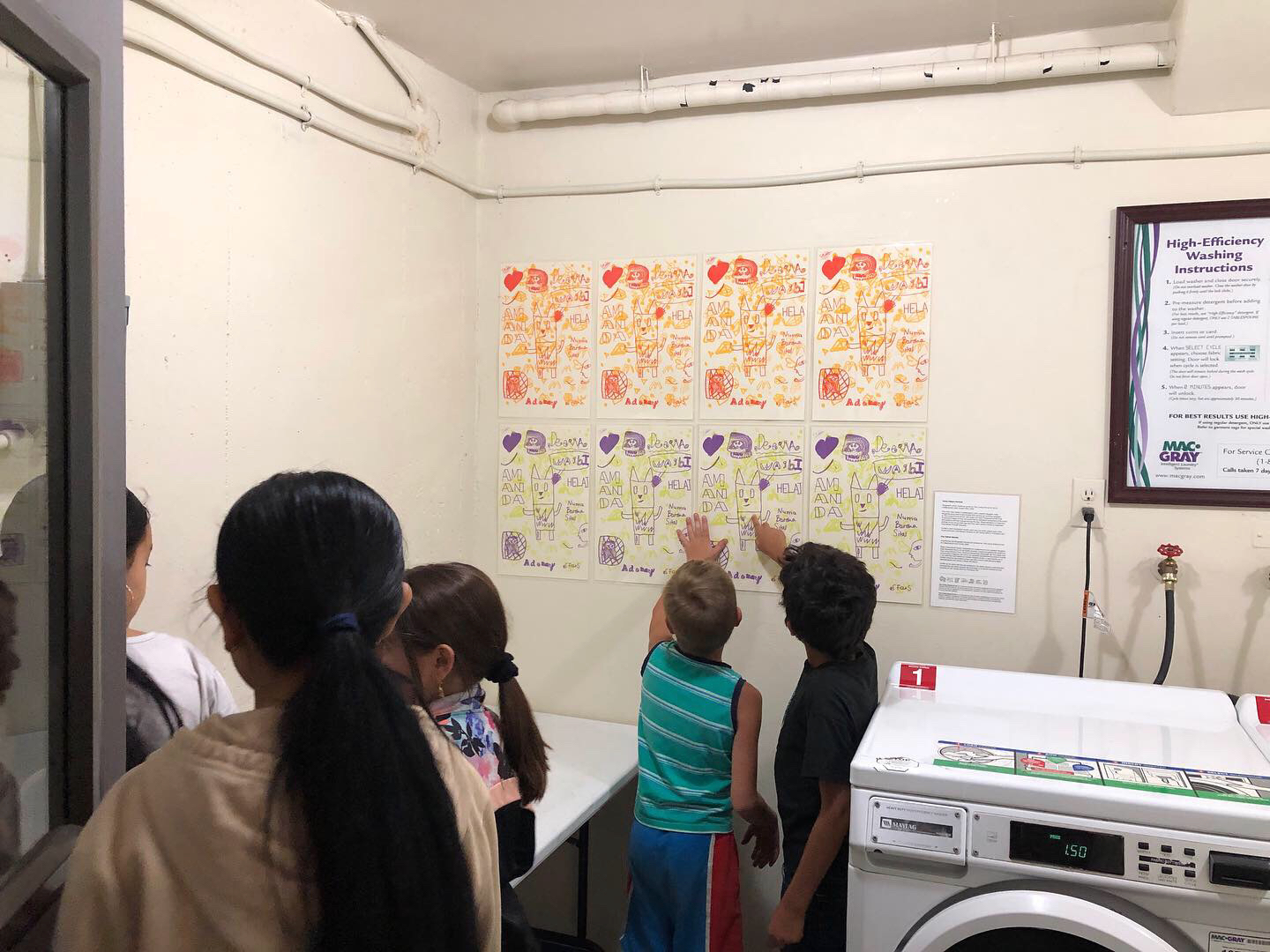
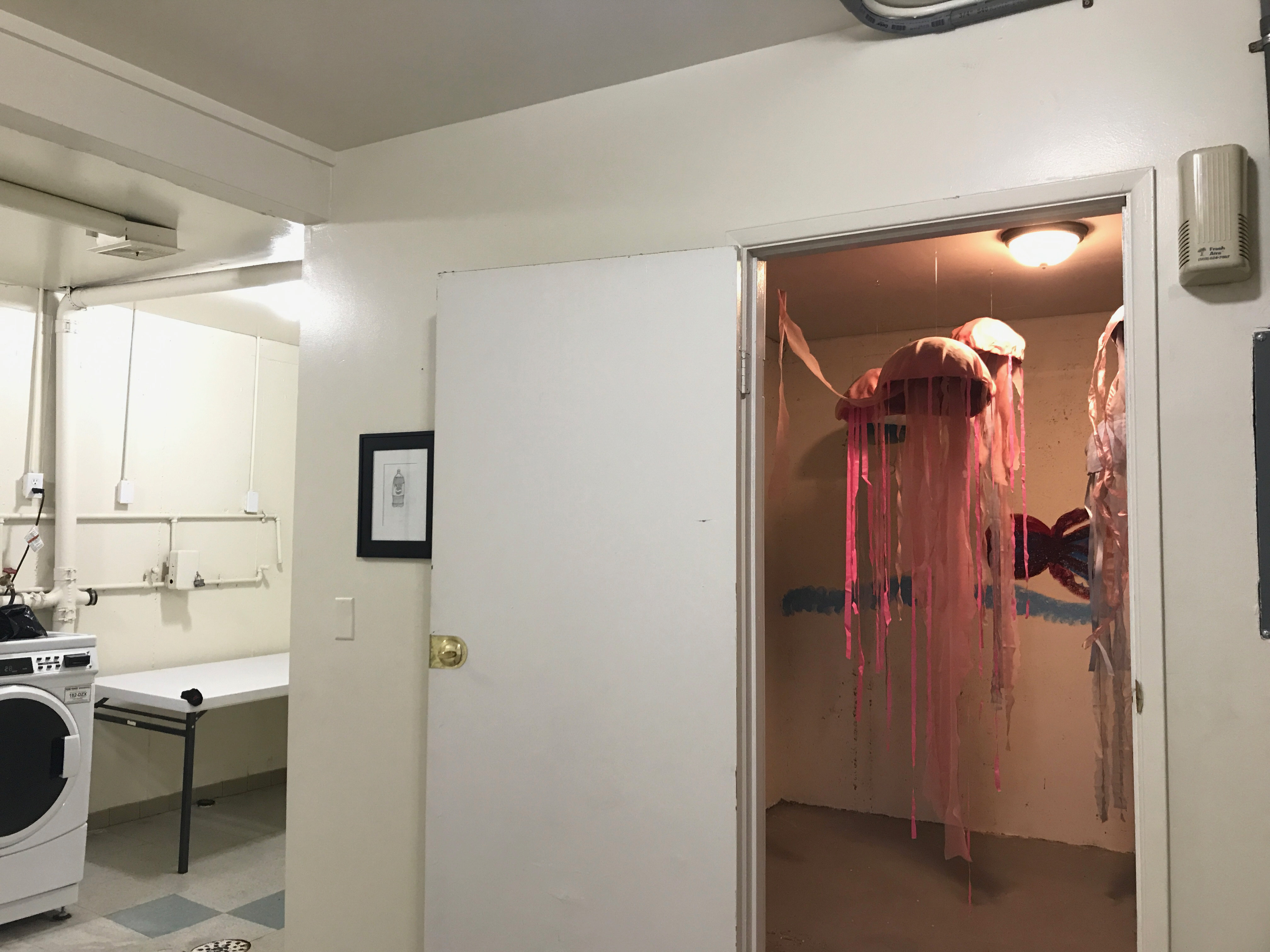
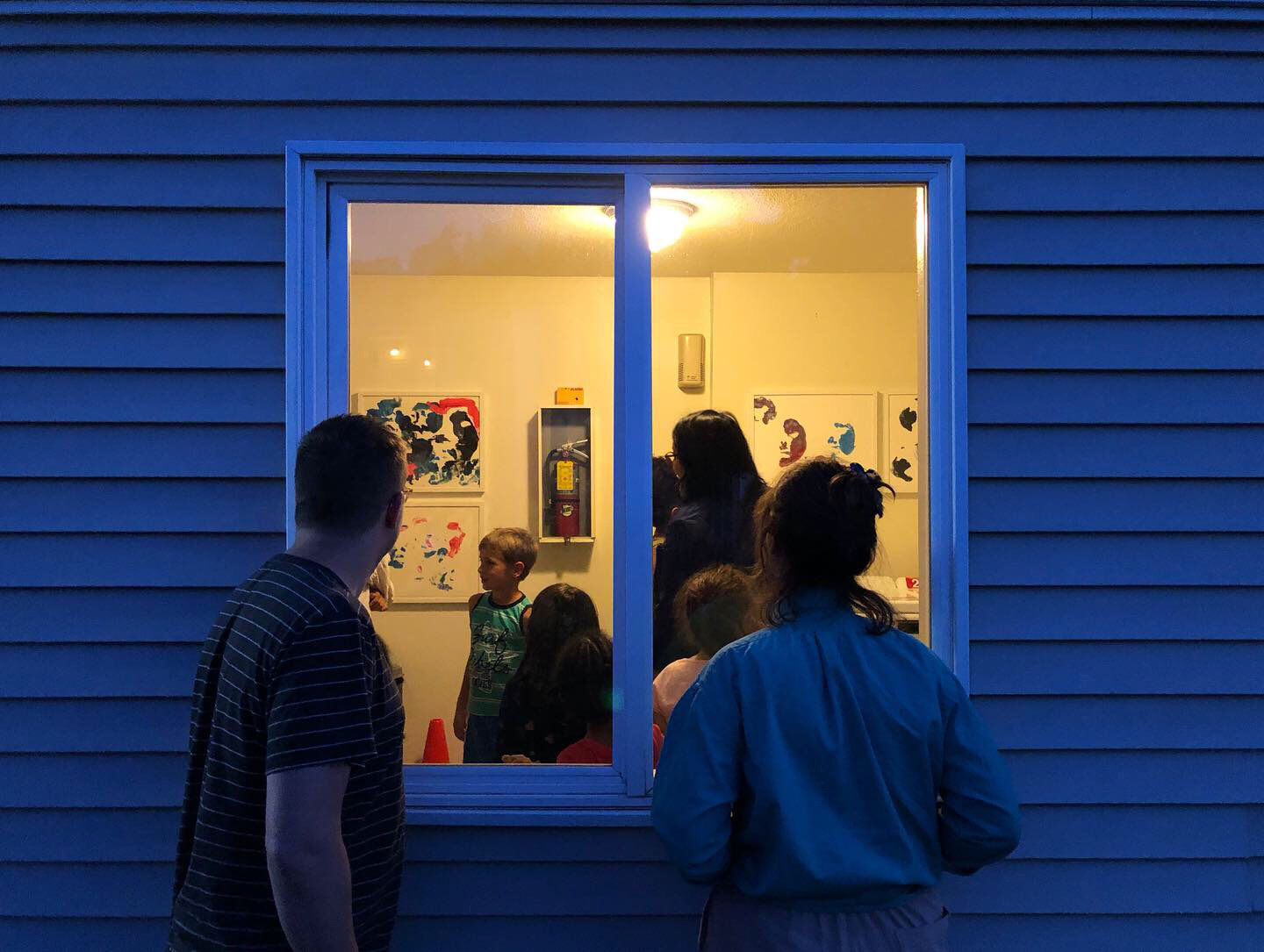
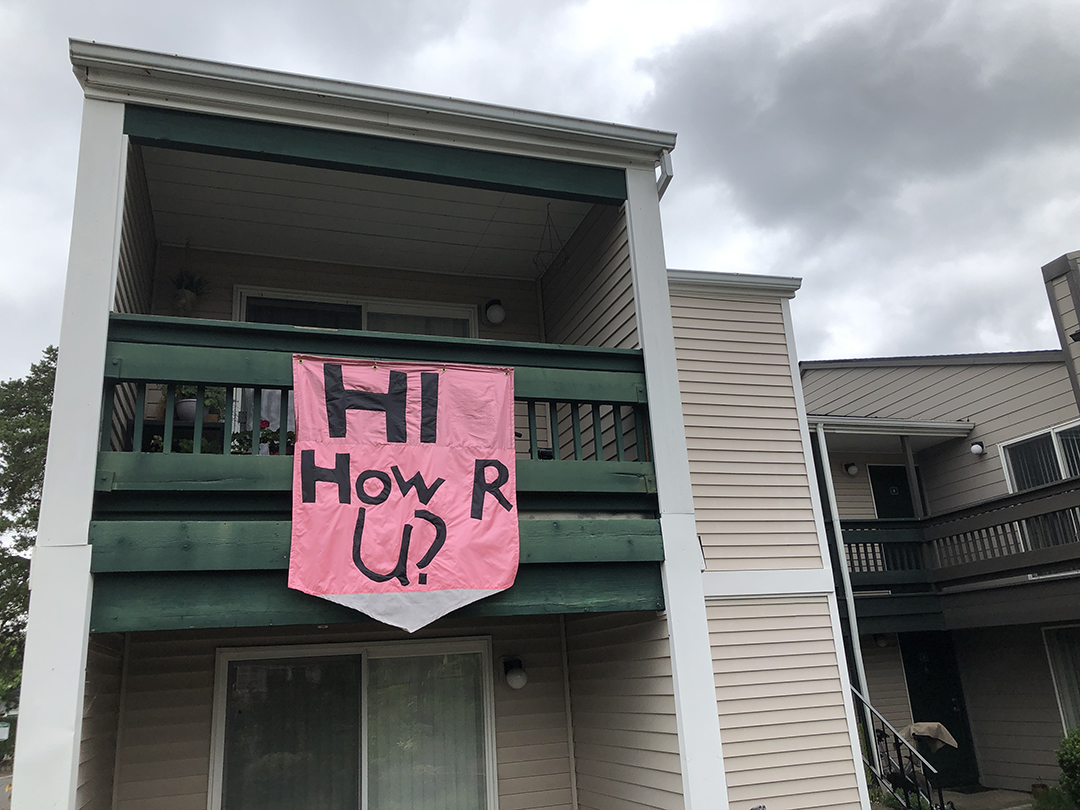


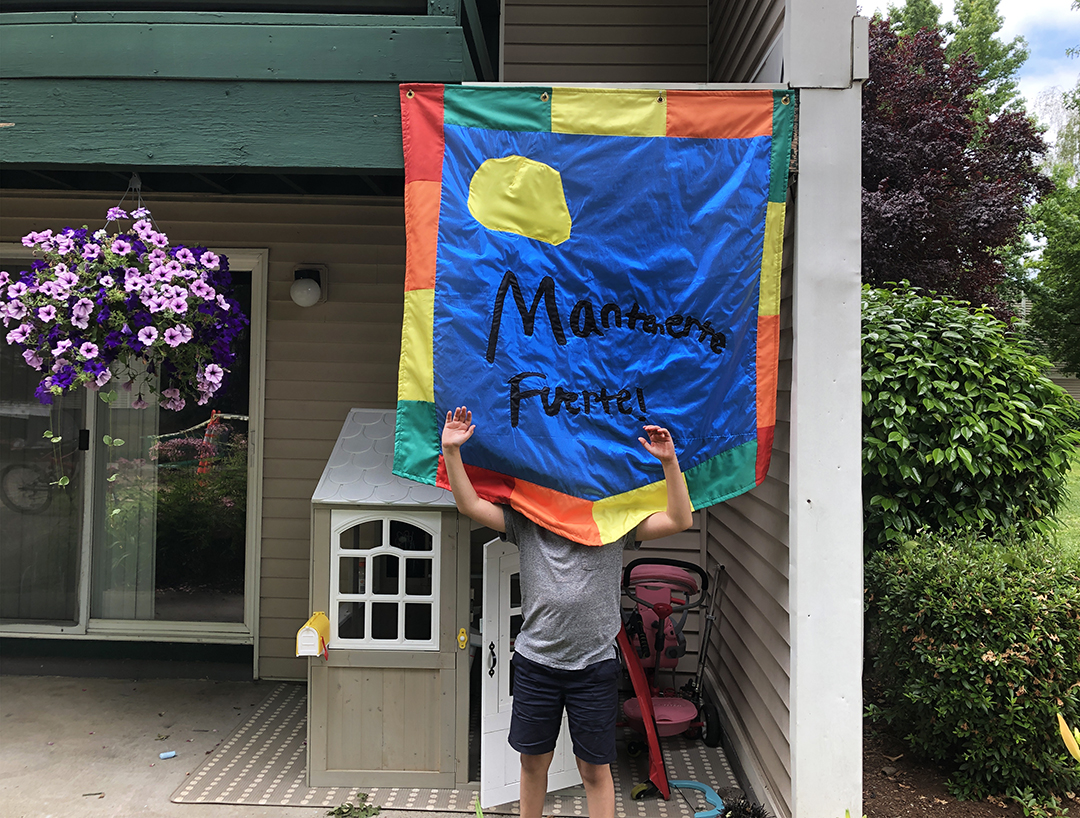
Occassionally, we were also invited to have exhibitions off site. These included solo shows at Portland Children’s Museum, Nationale, and third room PDX.
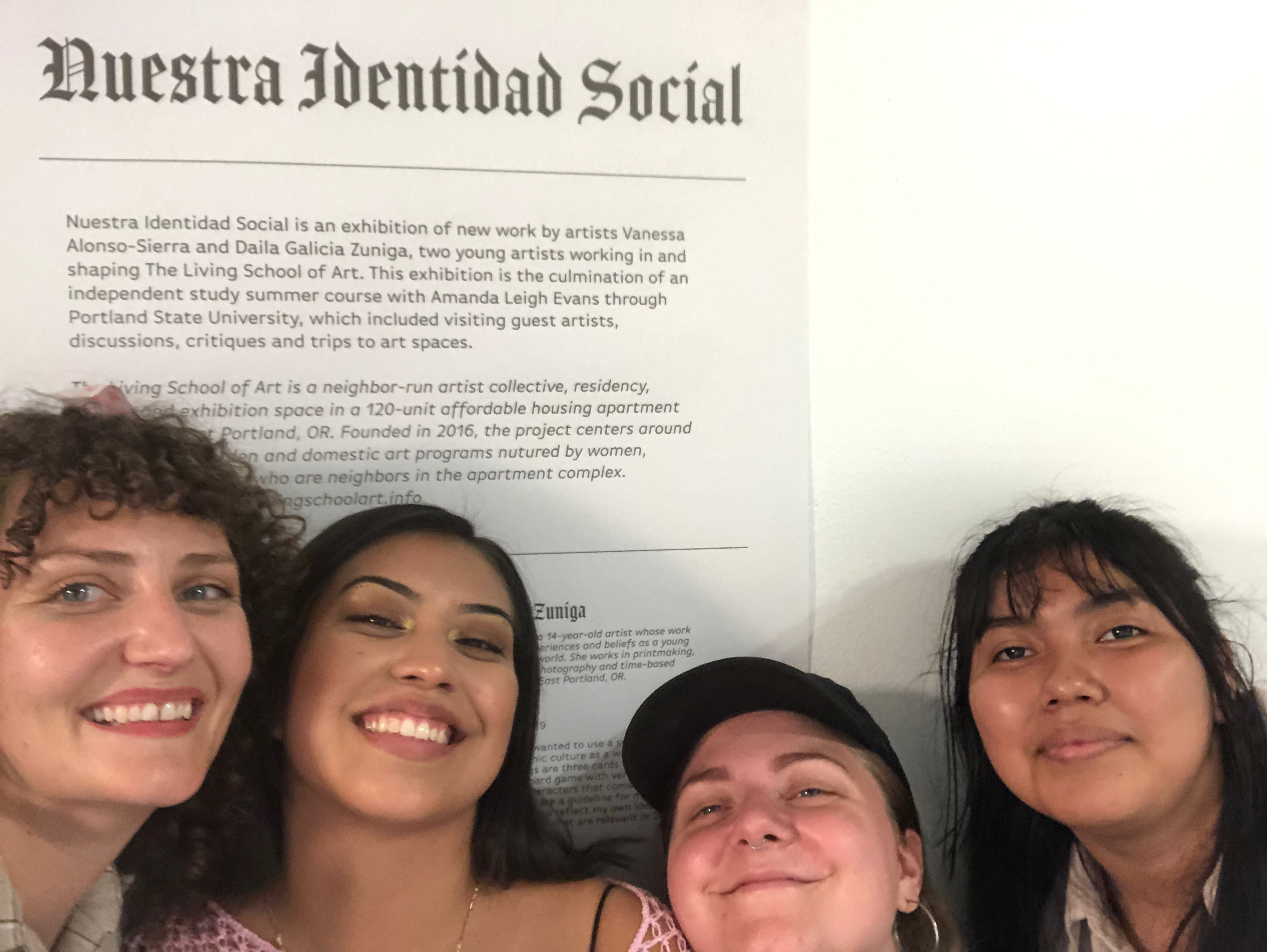
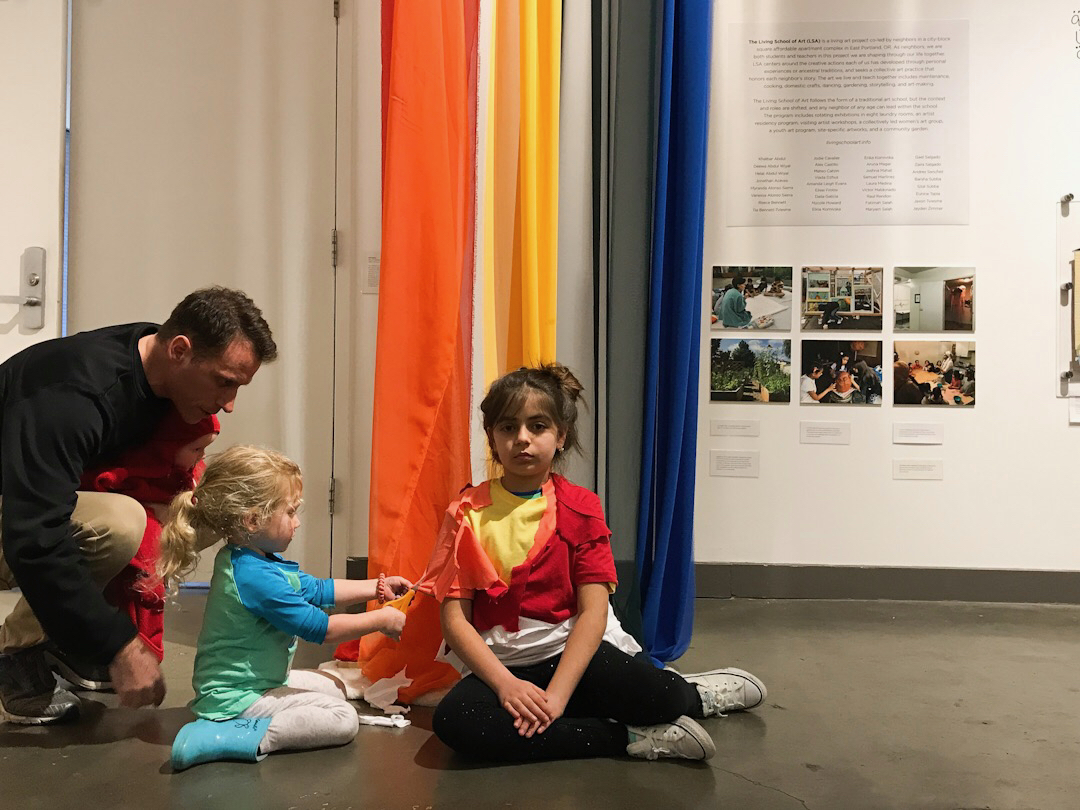
Each week, LSA hosted weekly after-school activities for youth, and morning activities for mothers. These activities were led by-with-for our community. This resulted in projects including the production of a middle school horror film, an overnight sleepover in a fort made by girls, ephemeral sculptures of plants, performance acitivities, custom skateboards, and many clay projects.
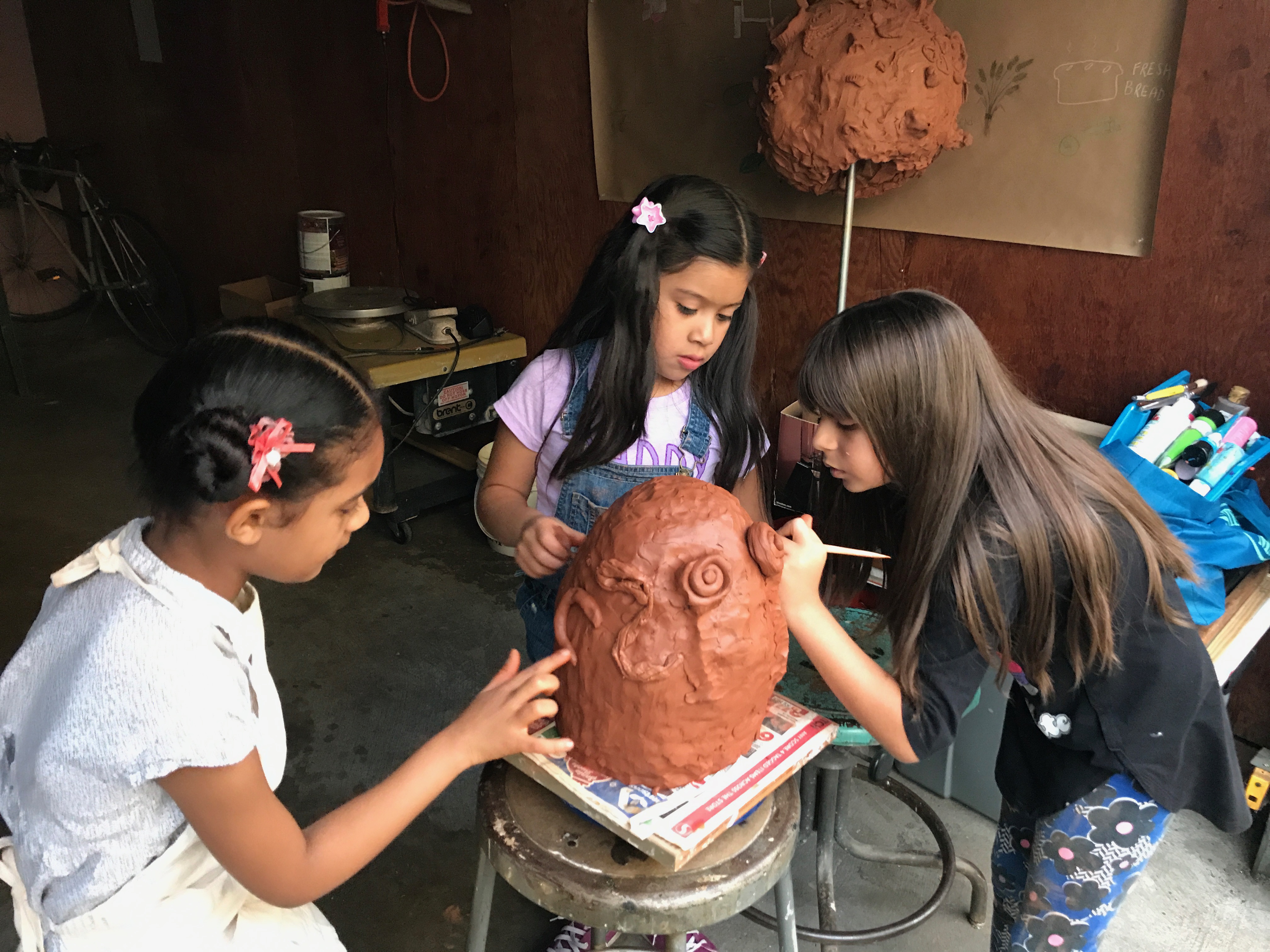
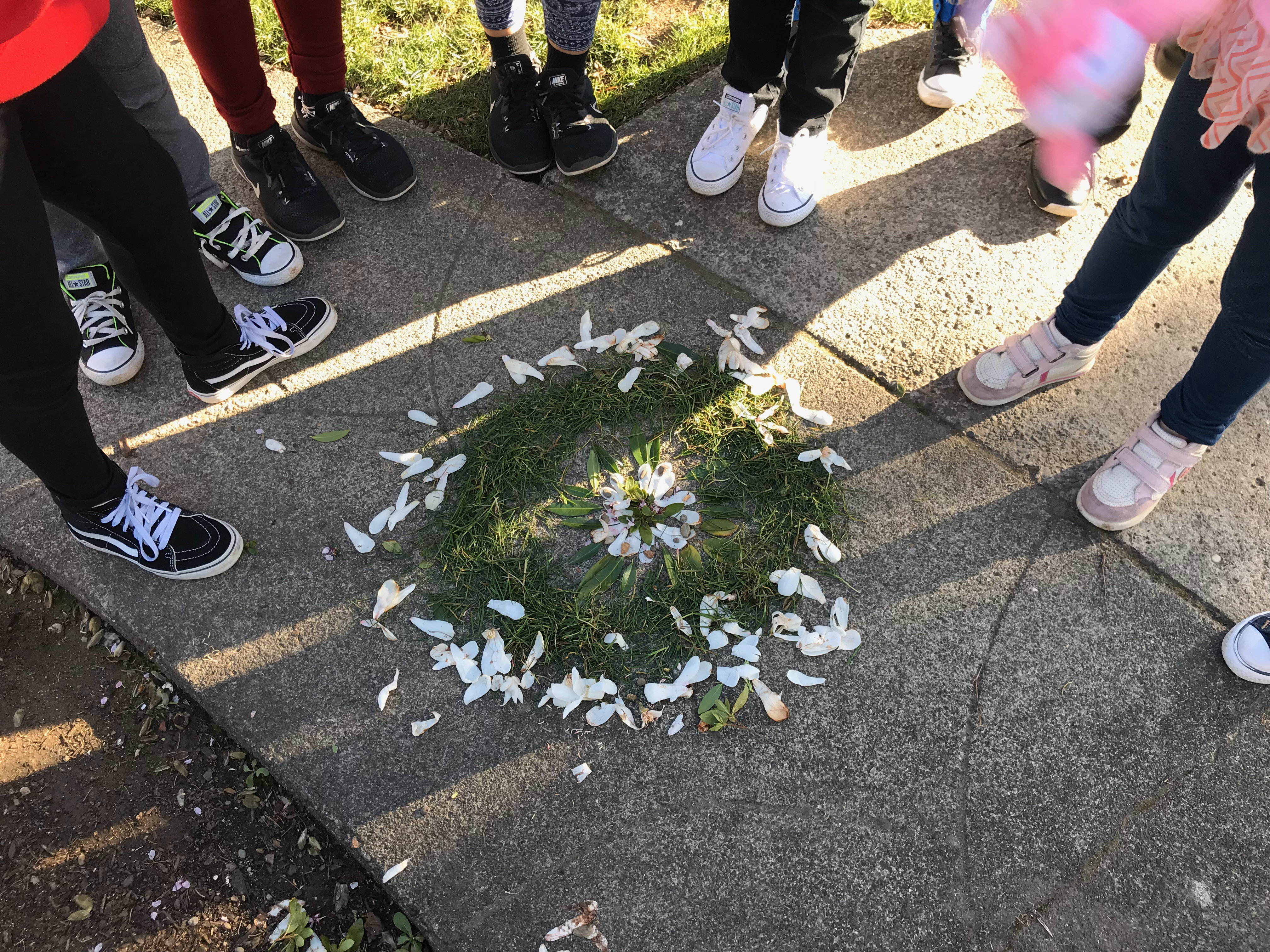

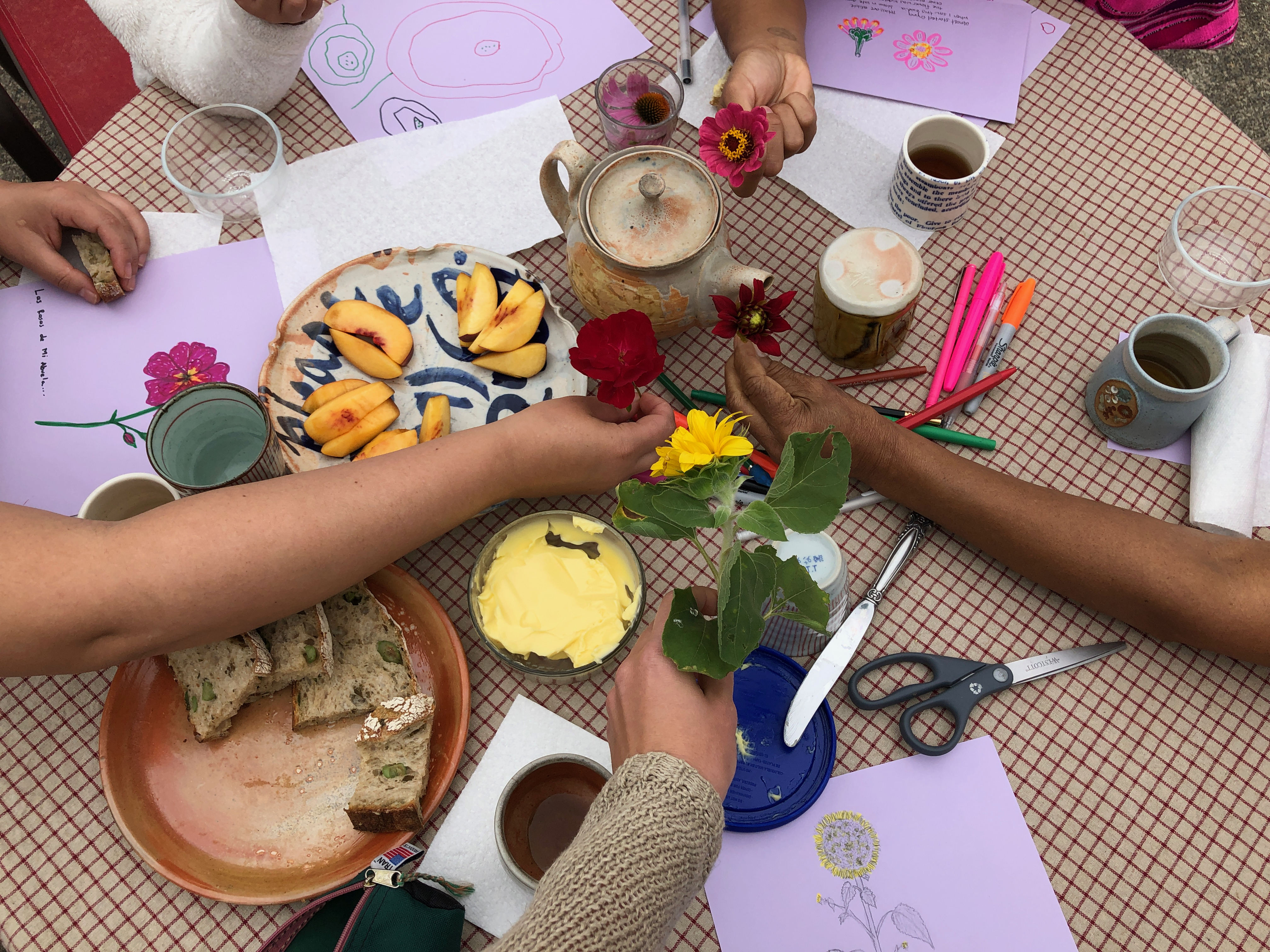
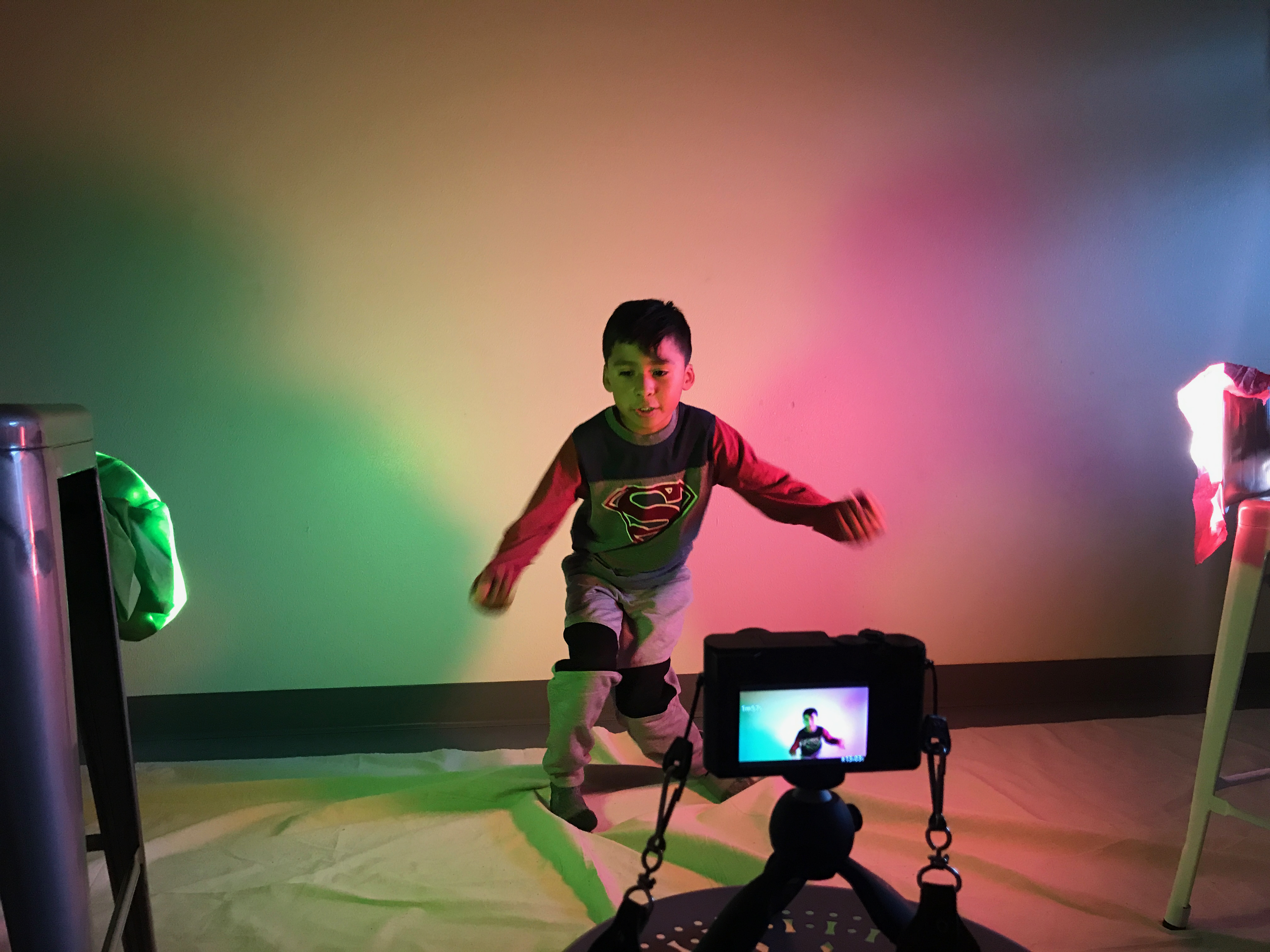
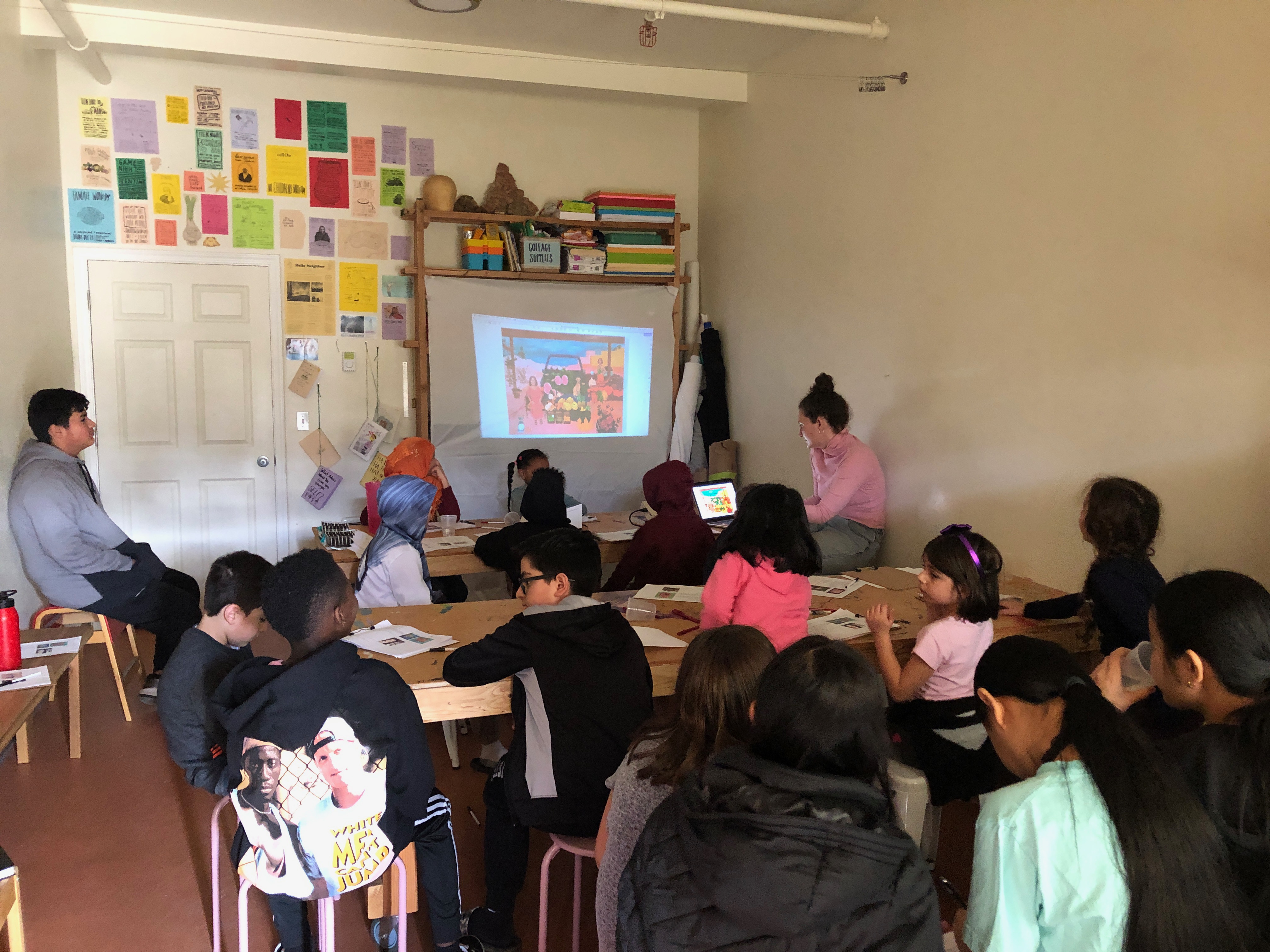
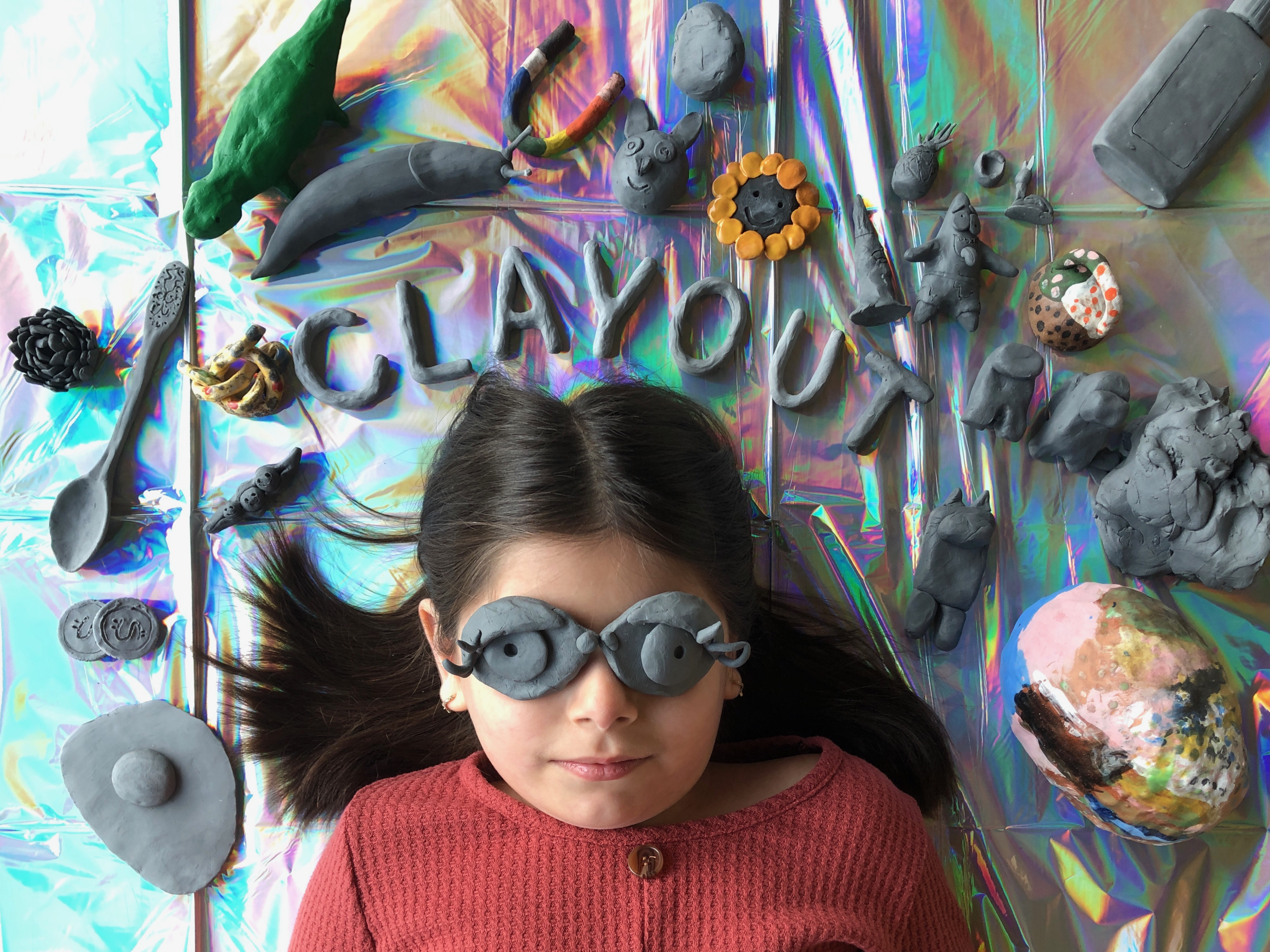
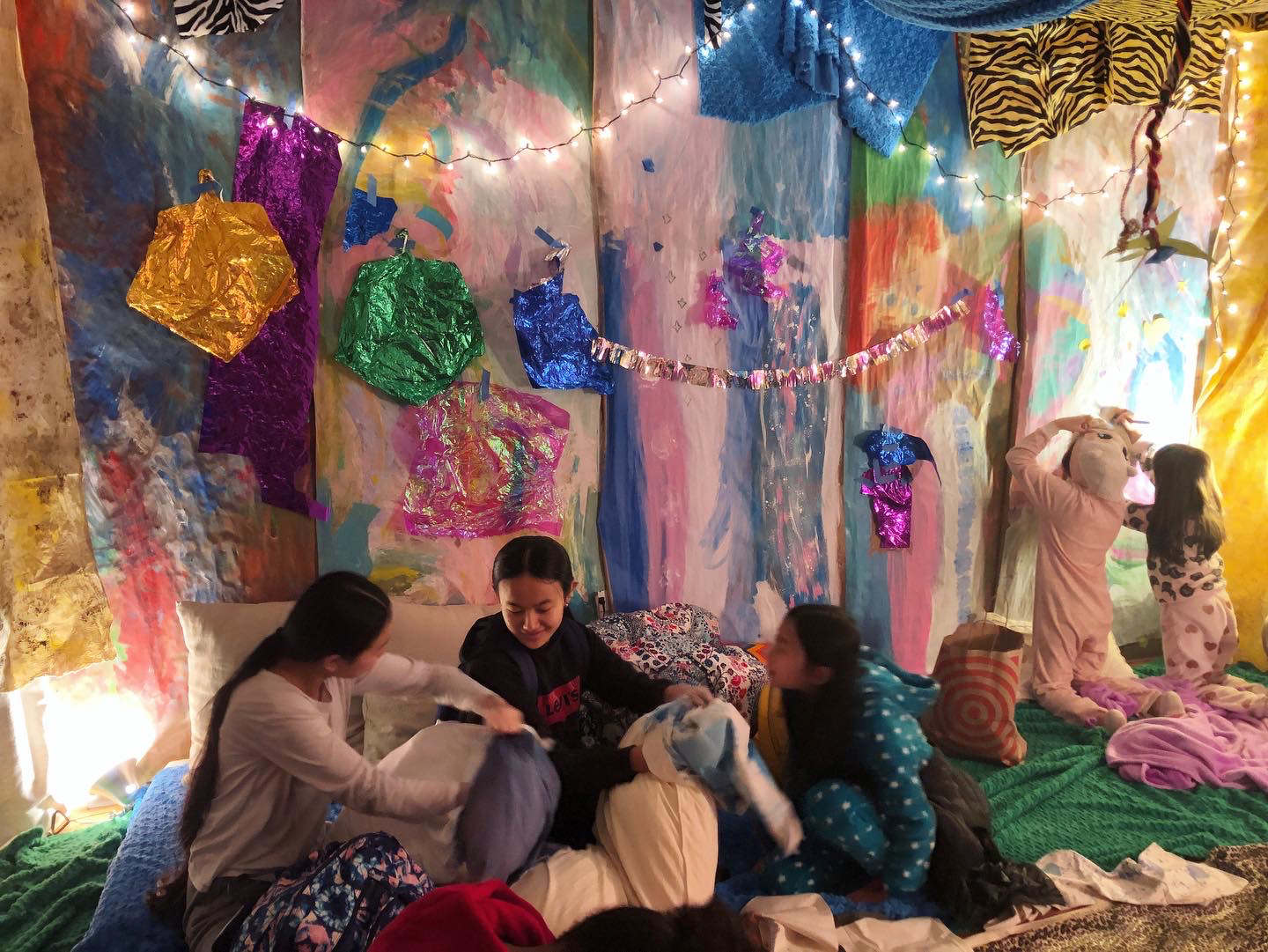

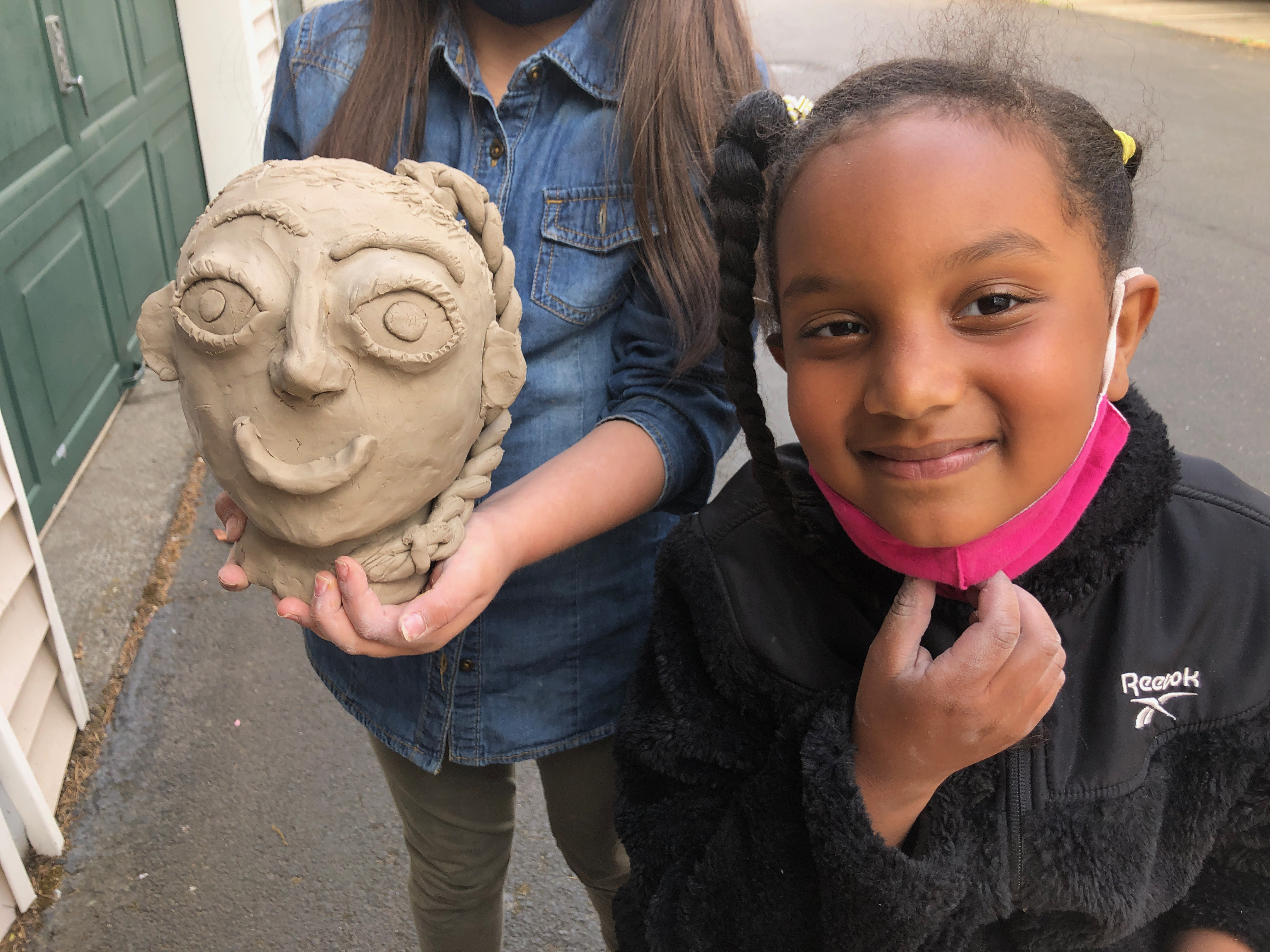

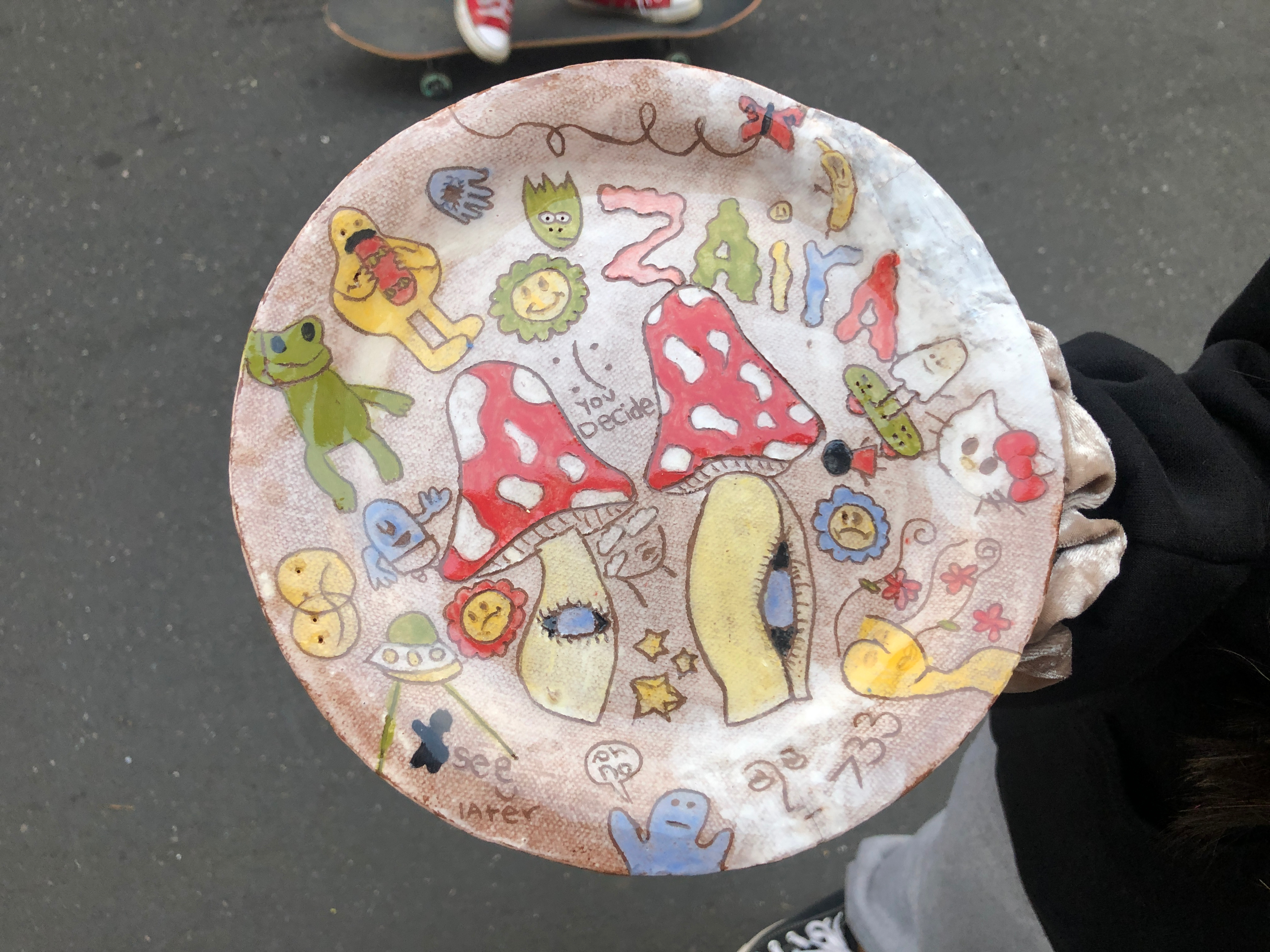

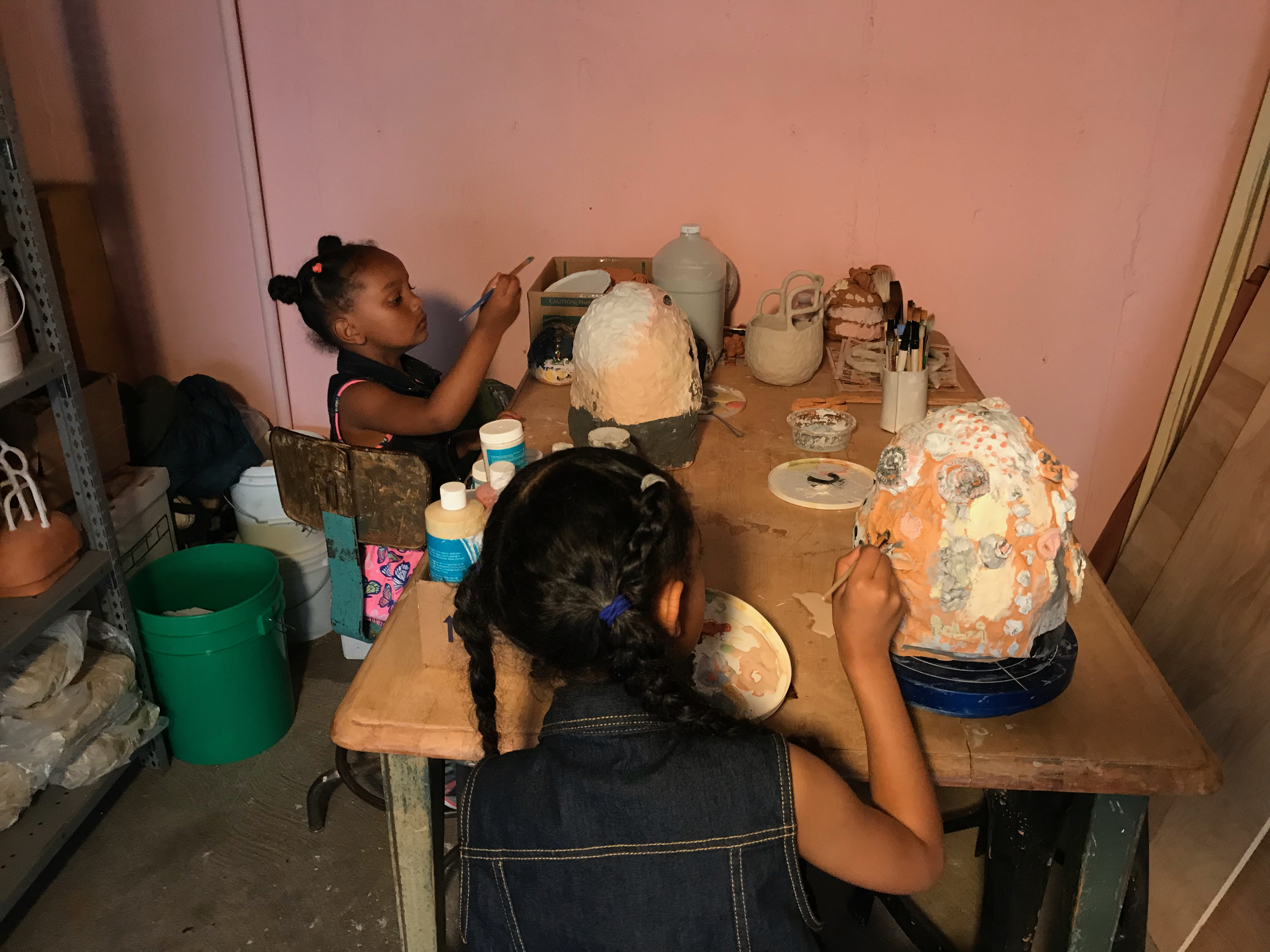
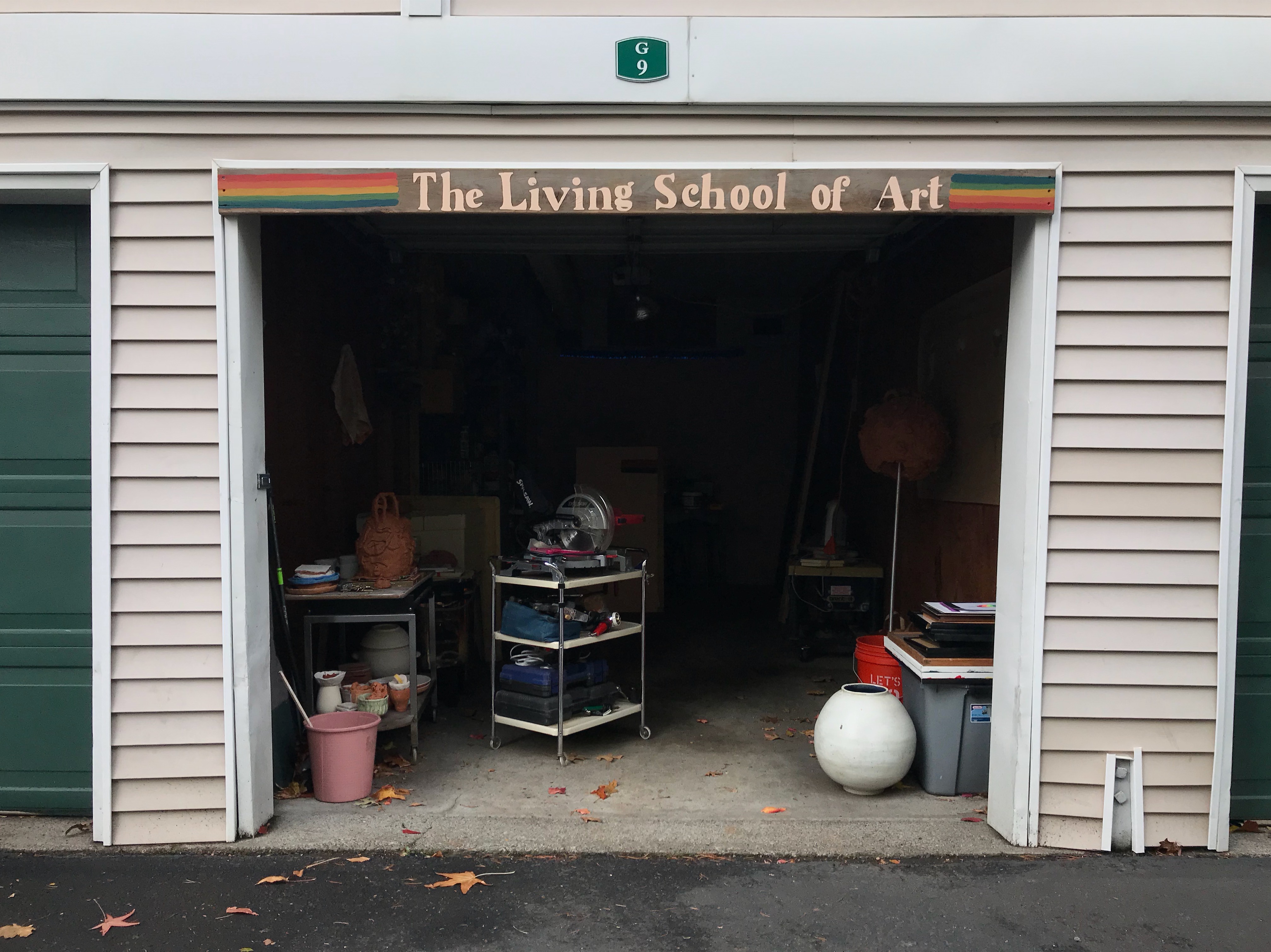
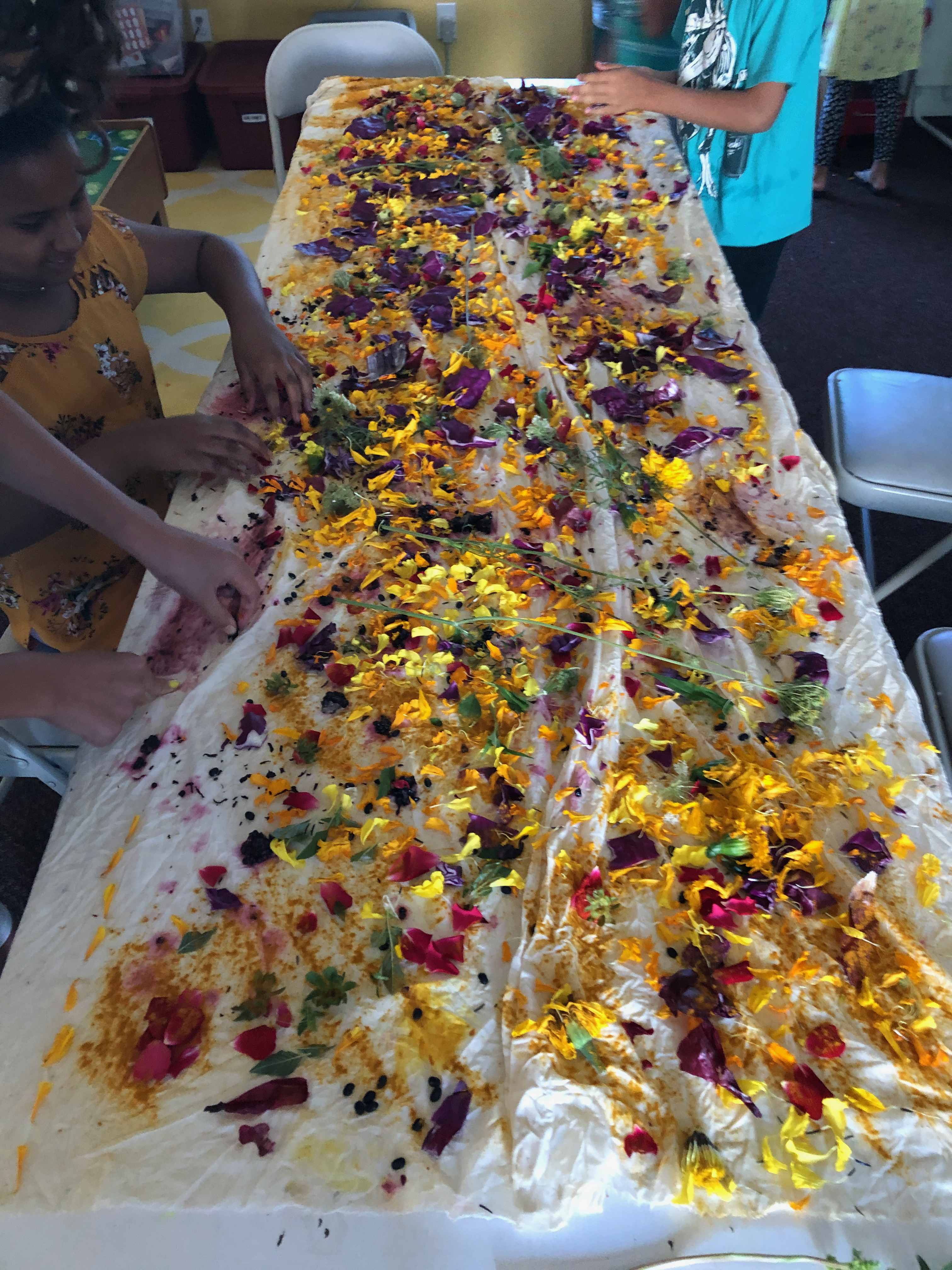
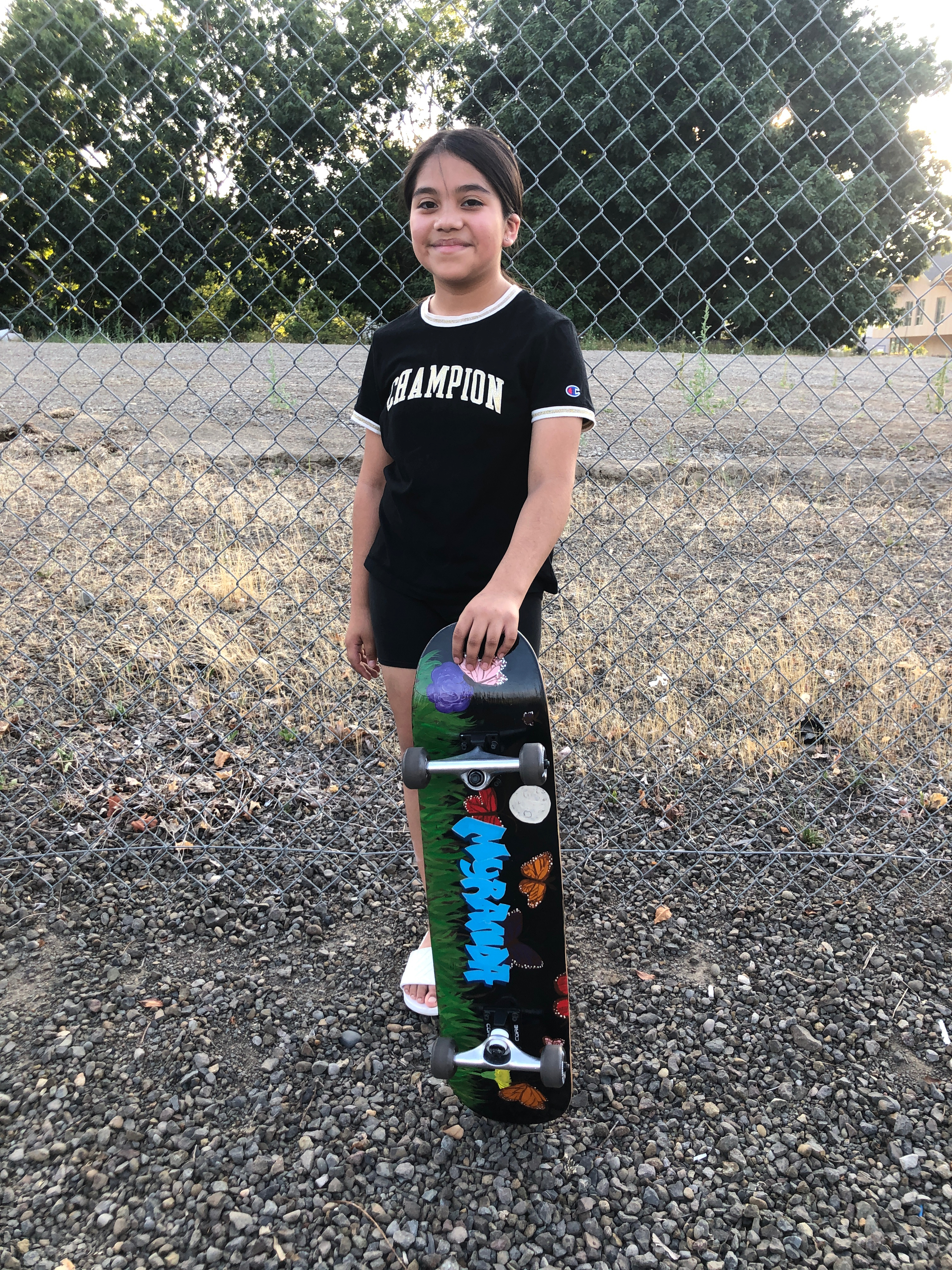
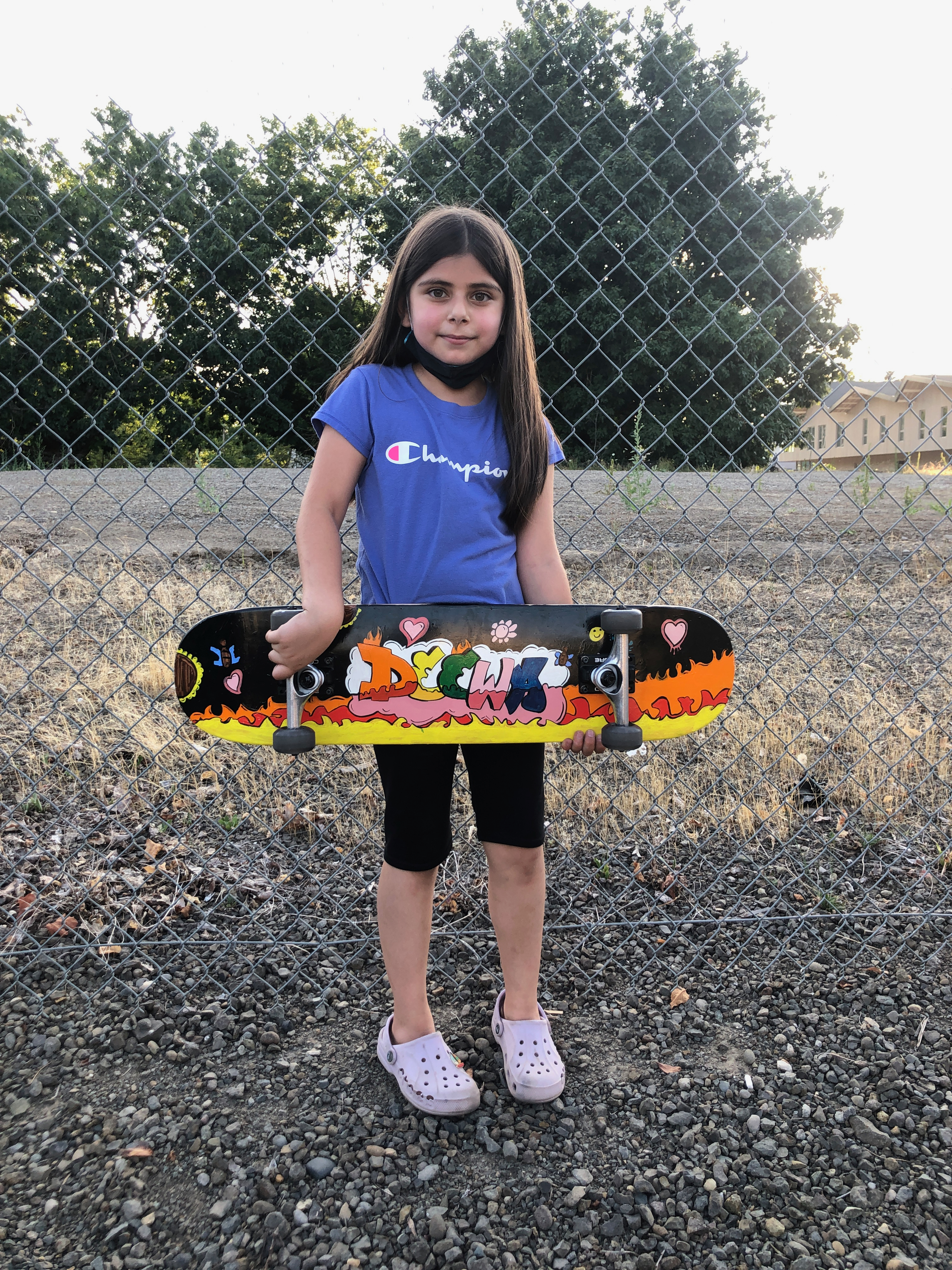
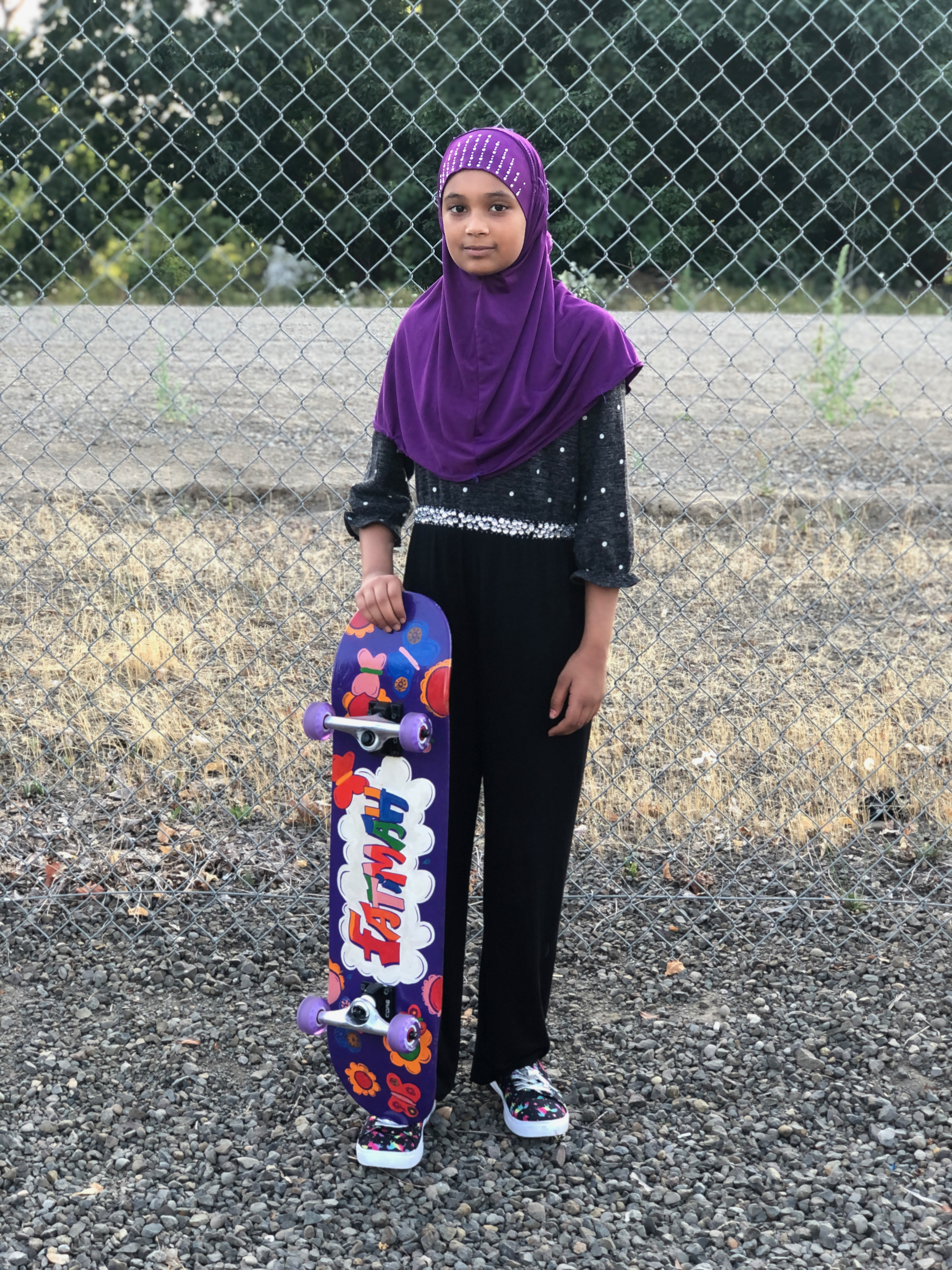
Classes often took place in our community studio, which was a space attached to Amanda’s apartment, but had a separate entrance.
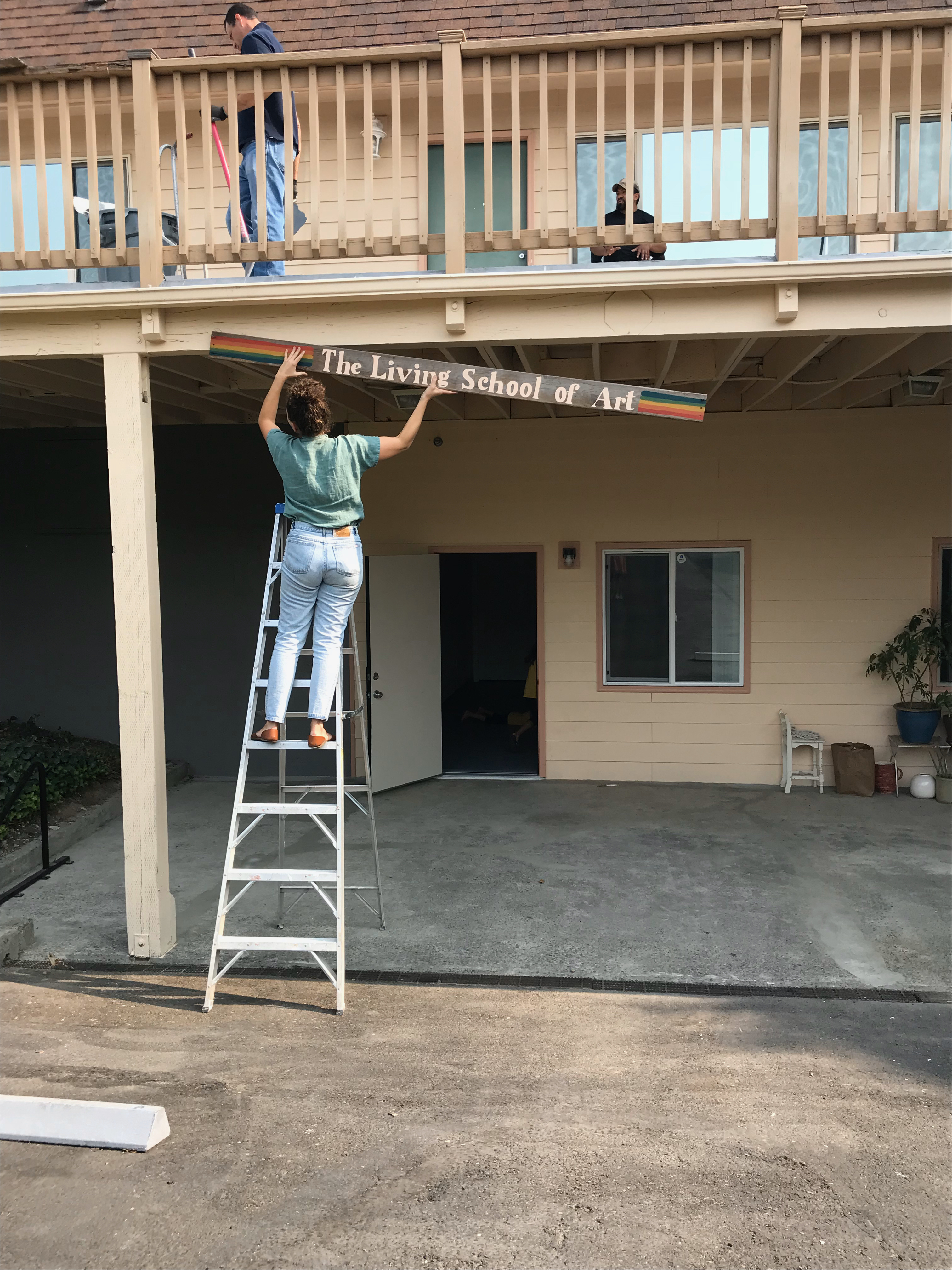
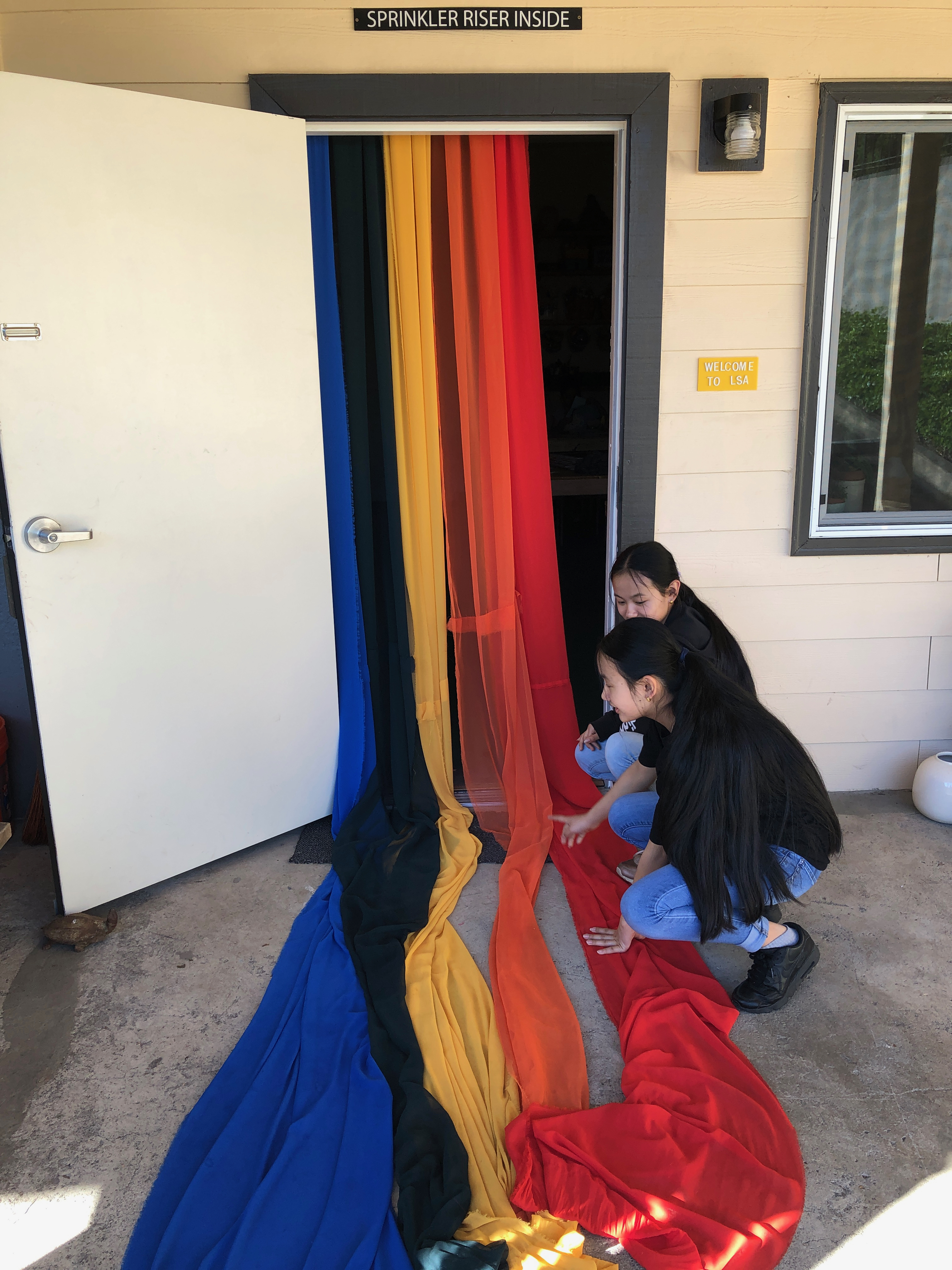
A women’s art group, called. Monday Salon, met once a month from creative activities. It was co-led by the women who made up the group.


Sometimes we took field trips, usually to art spaces or outdoor activities.

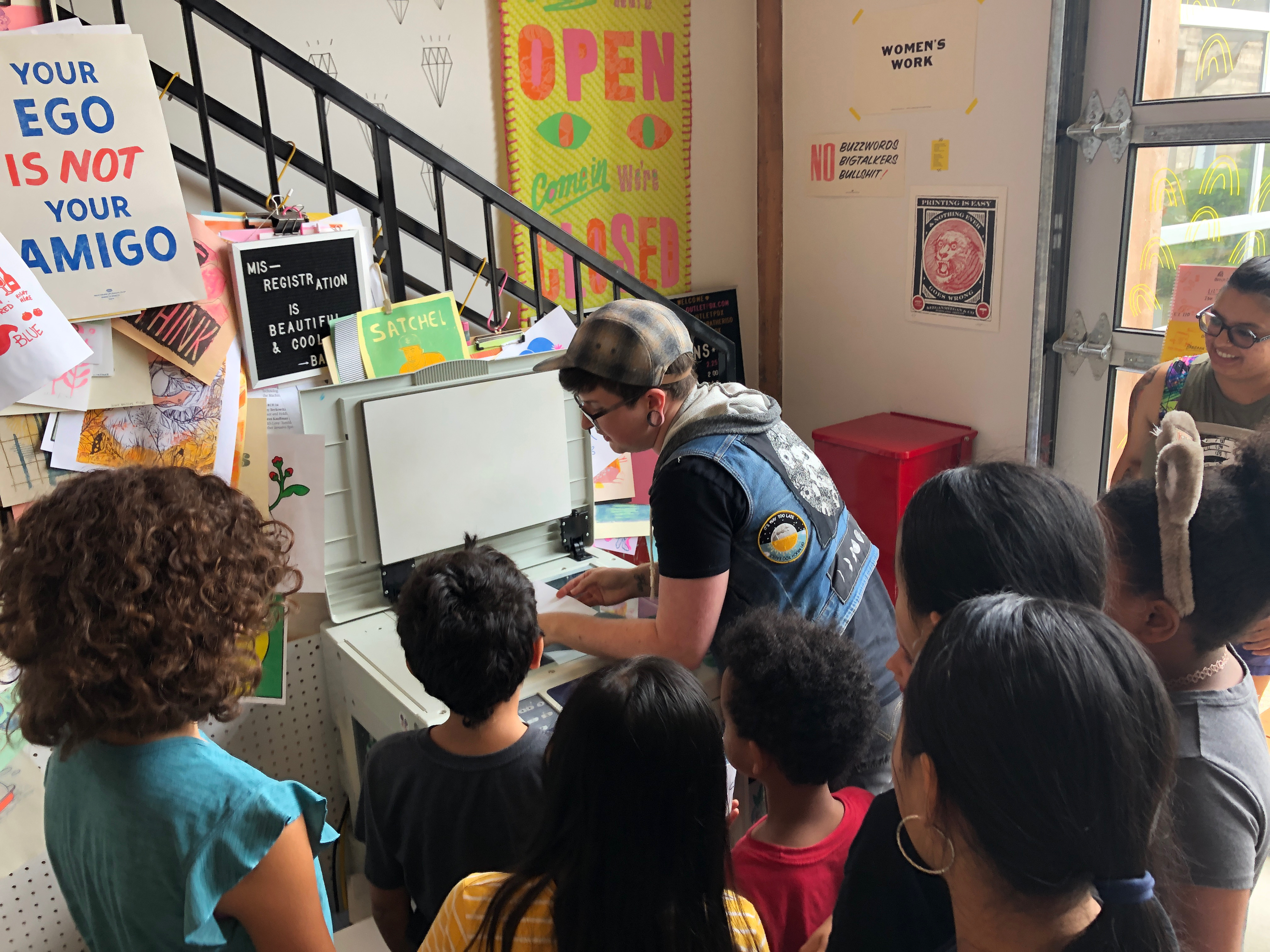

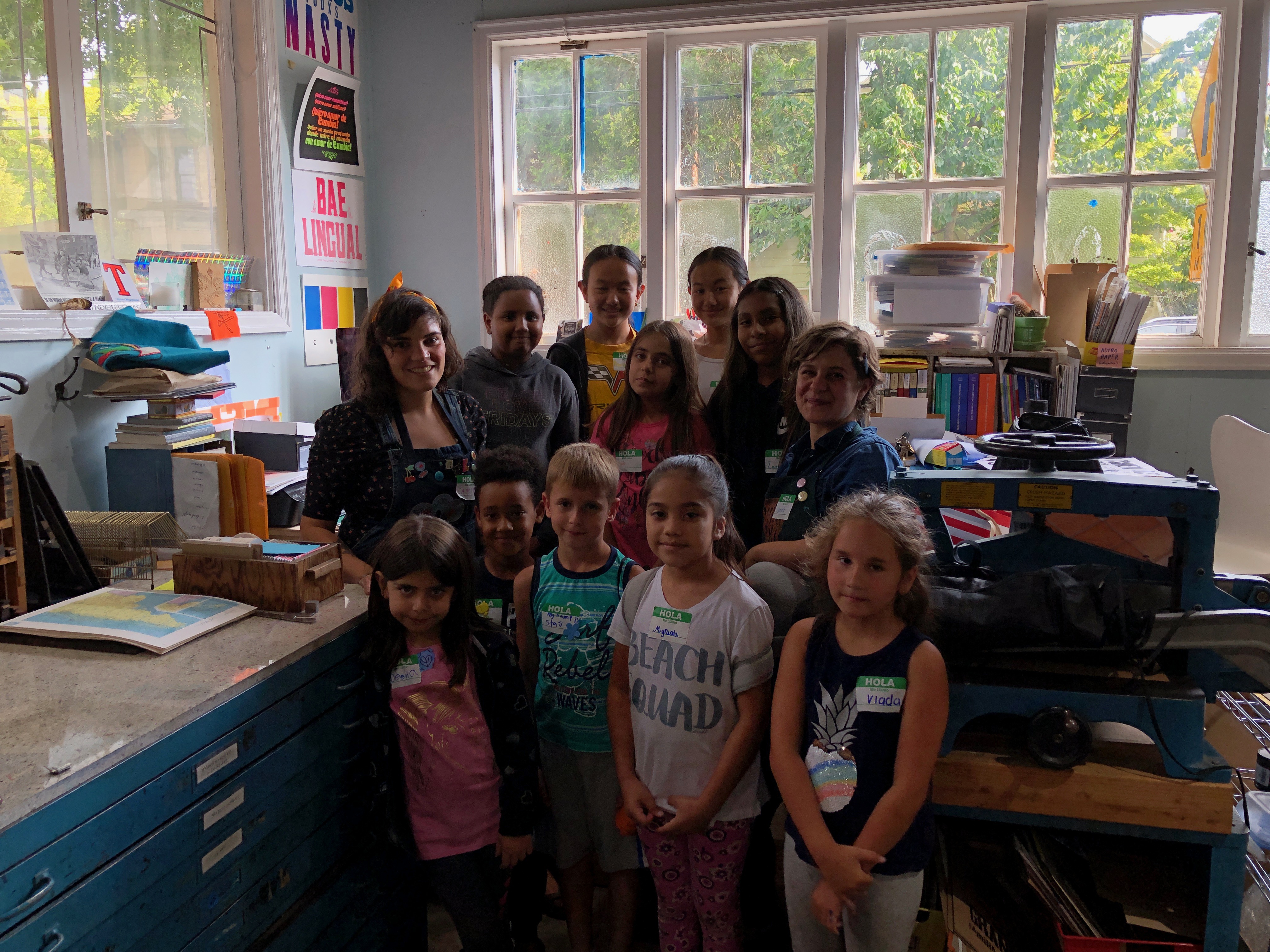
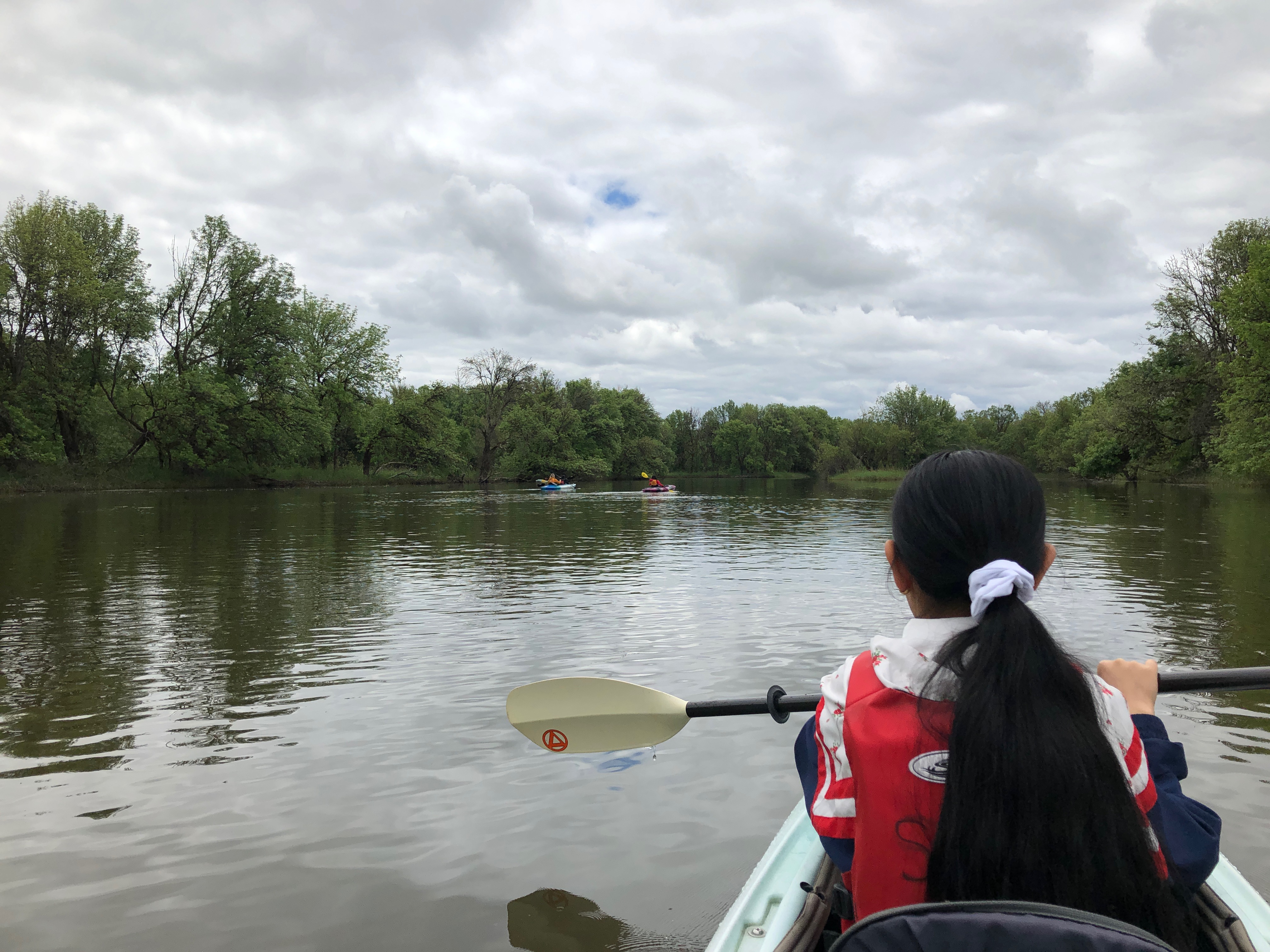

We also self-published creative documents by neighbors.
From time to time, we also created public artworks that live throughout the apartment complex. This project, co-initiated by Fatimah (age 8) and Amanda, lives on the fence of the community garden.
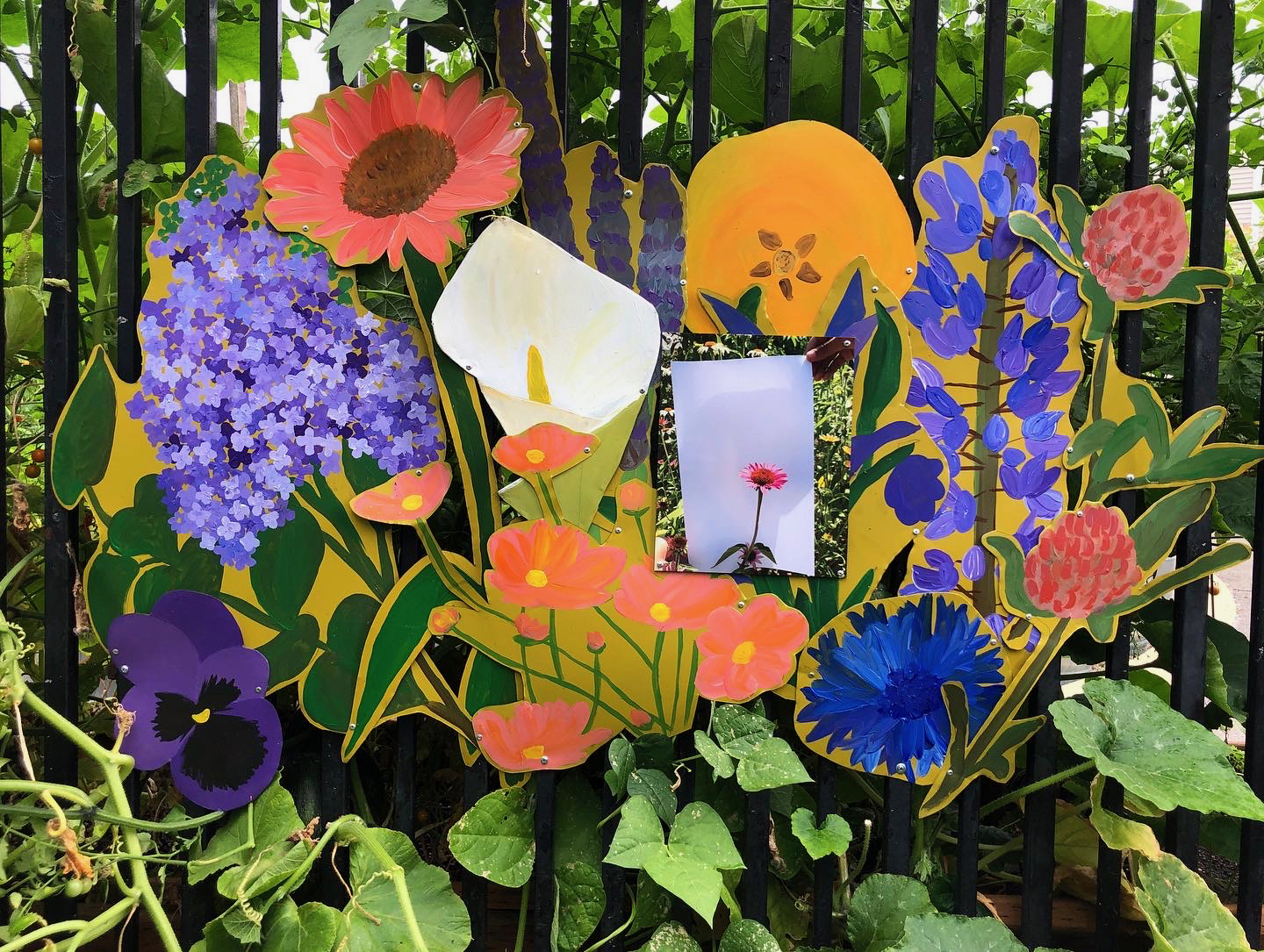
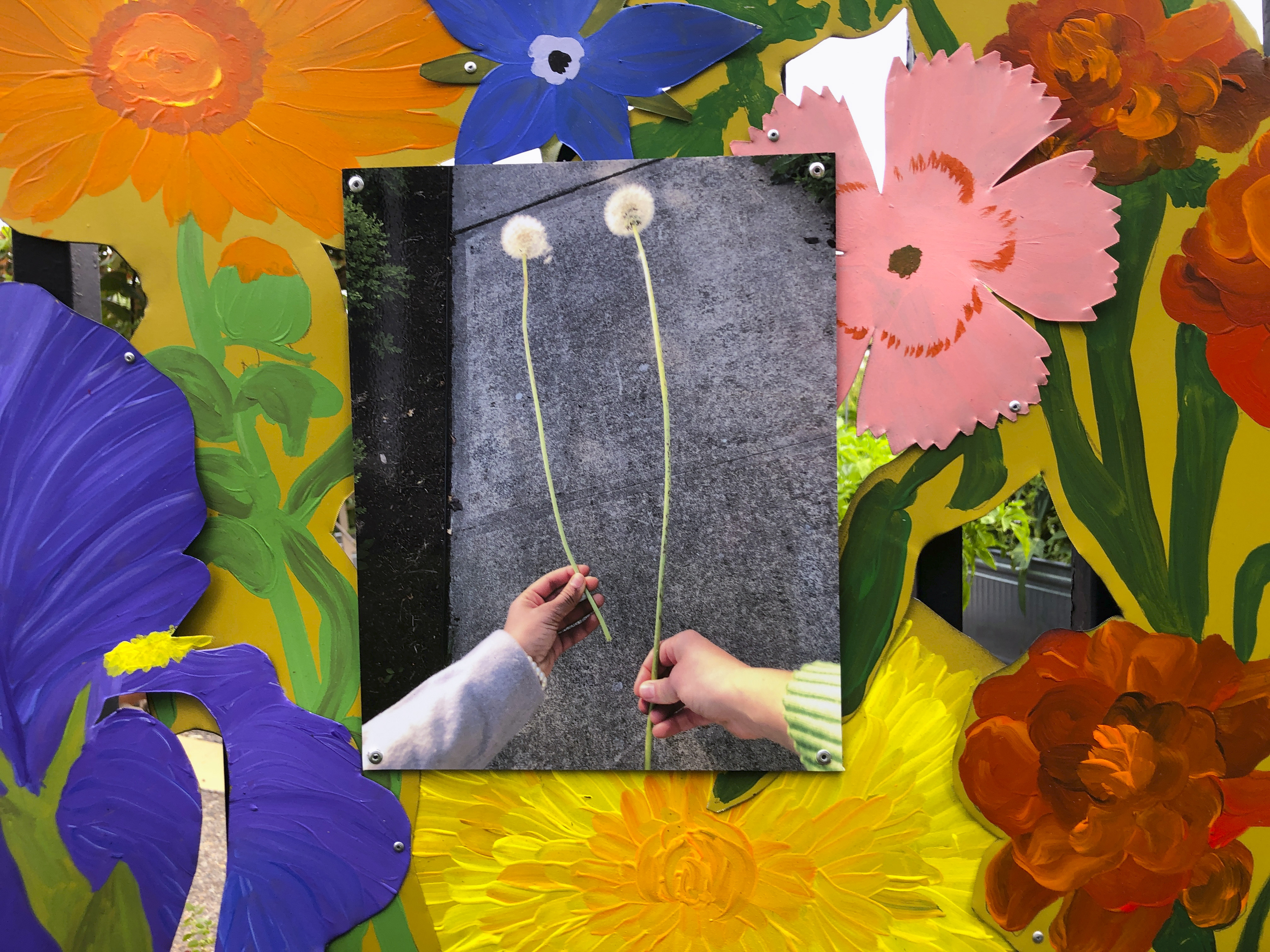
This is just a glimpes of five beautiful years together as neighbors. The biggest gift of this project was TIME. When we were not at work or at school, we were together. The luxuries and possibilities that time afforded us allowed for play, connection, and meaningful creative work determined by our own values.
Thank you for taking a tour!
Thank you for taking a tour!
